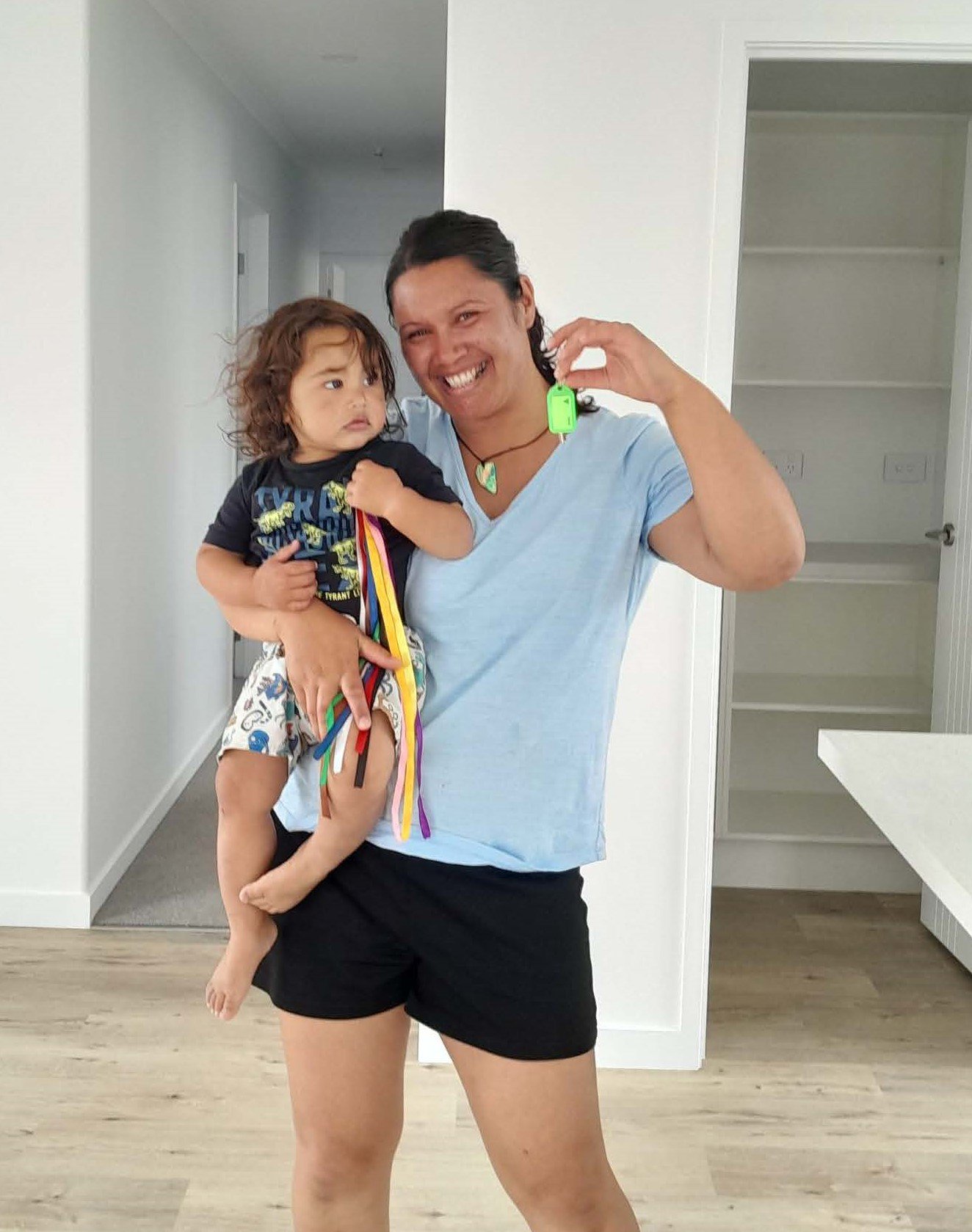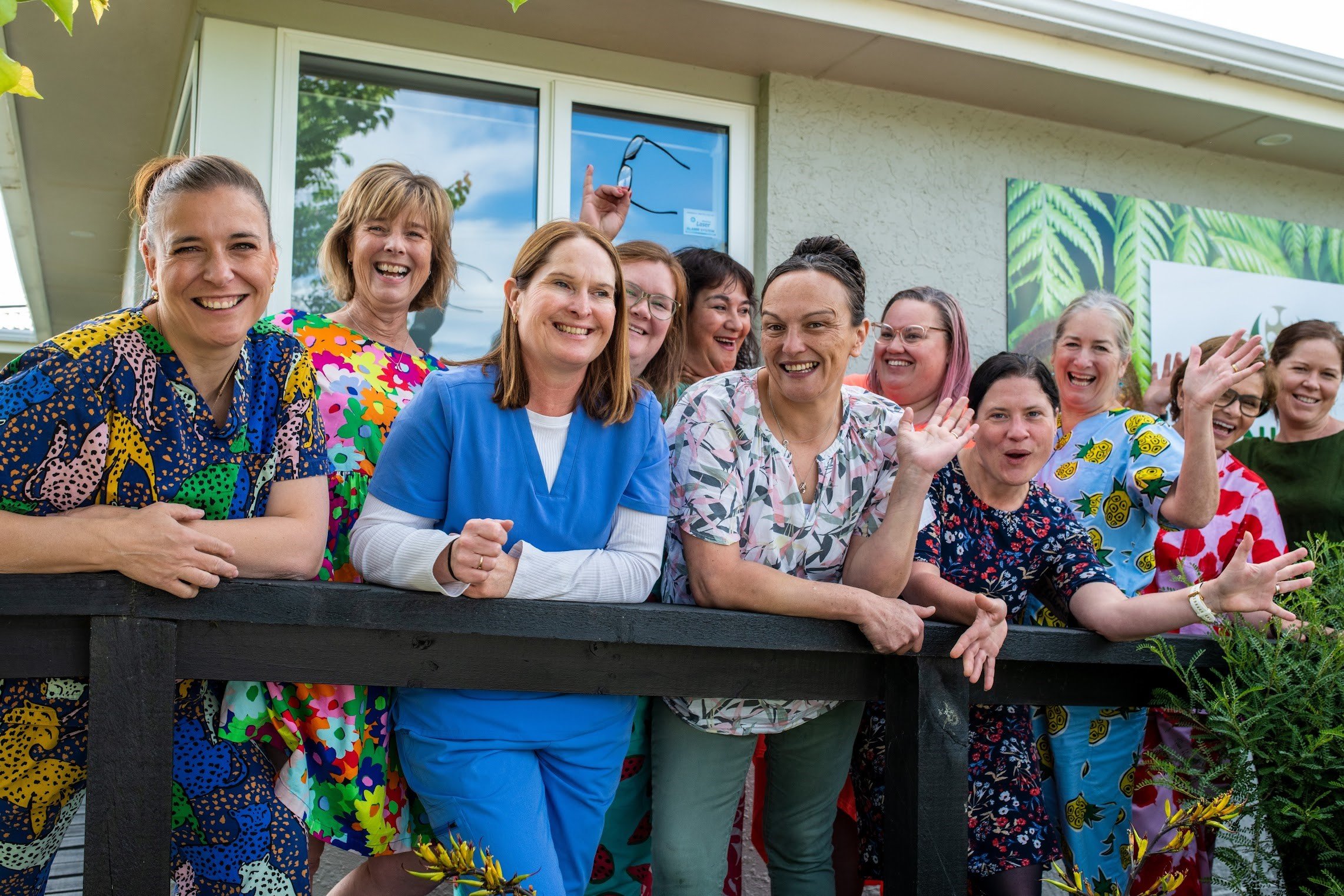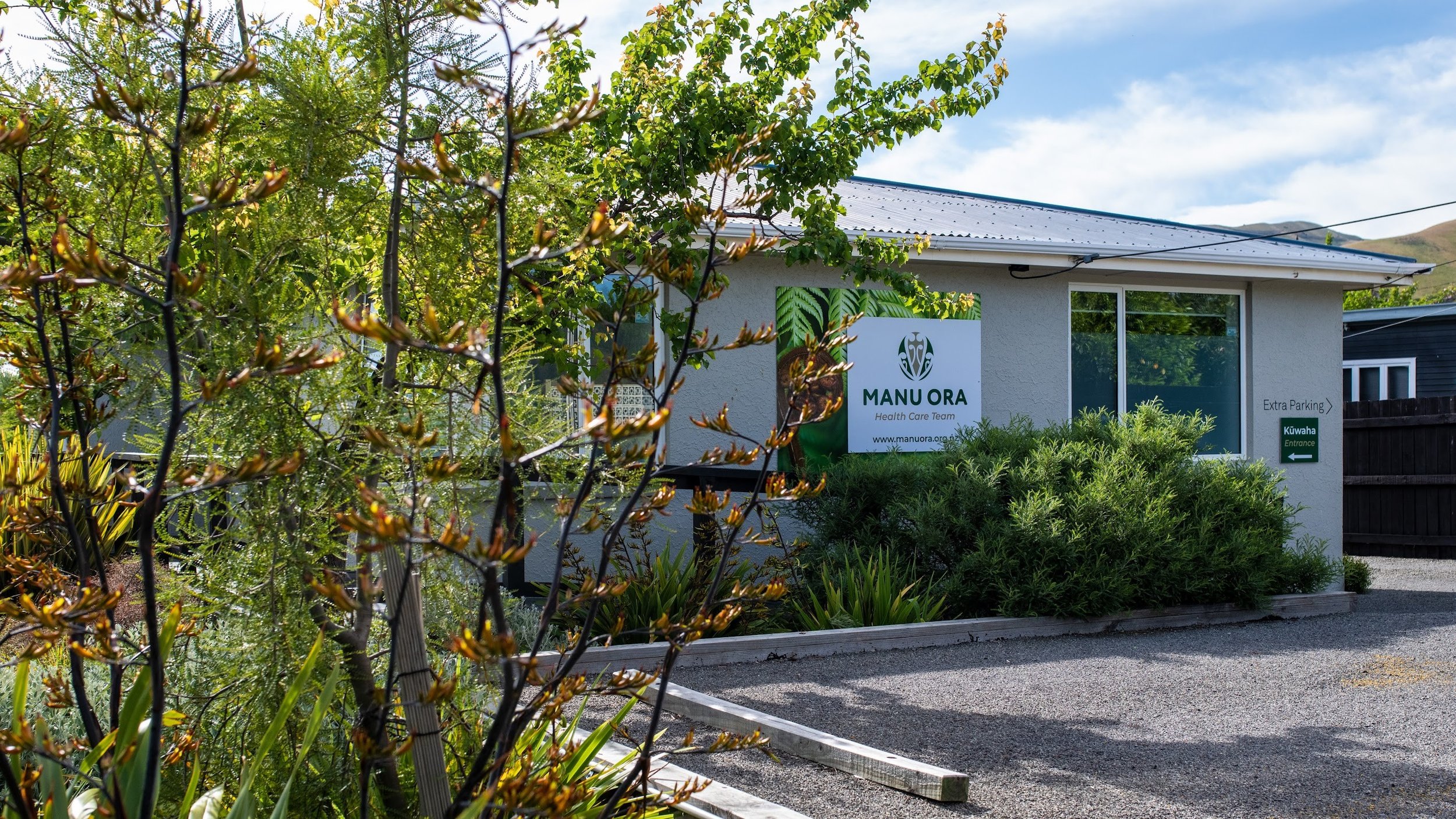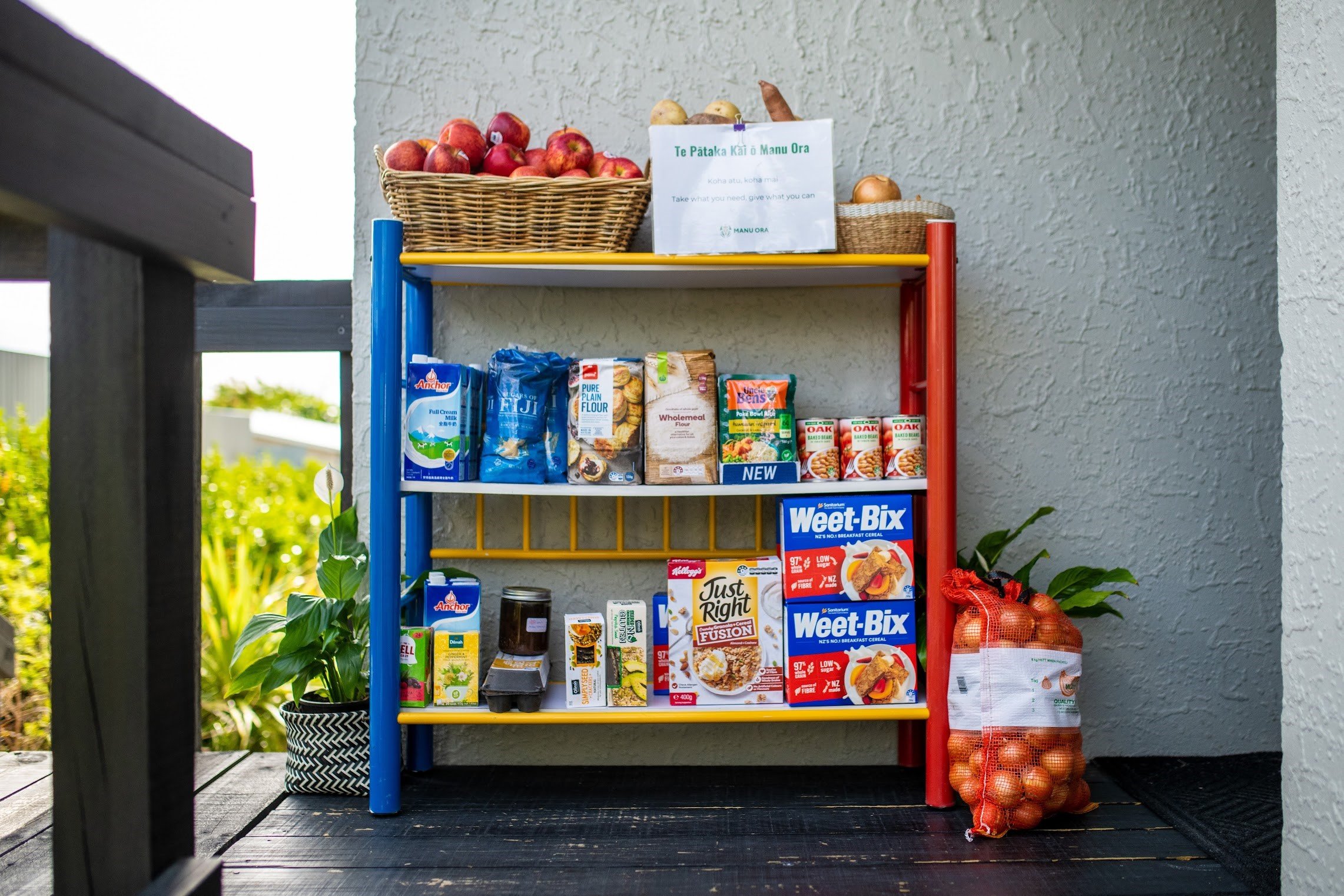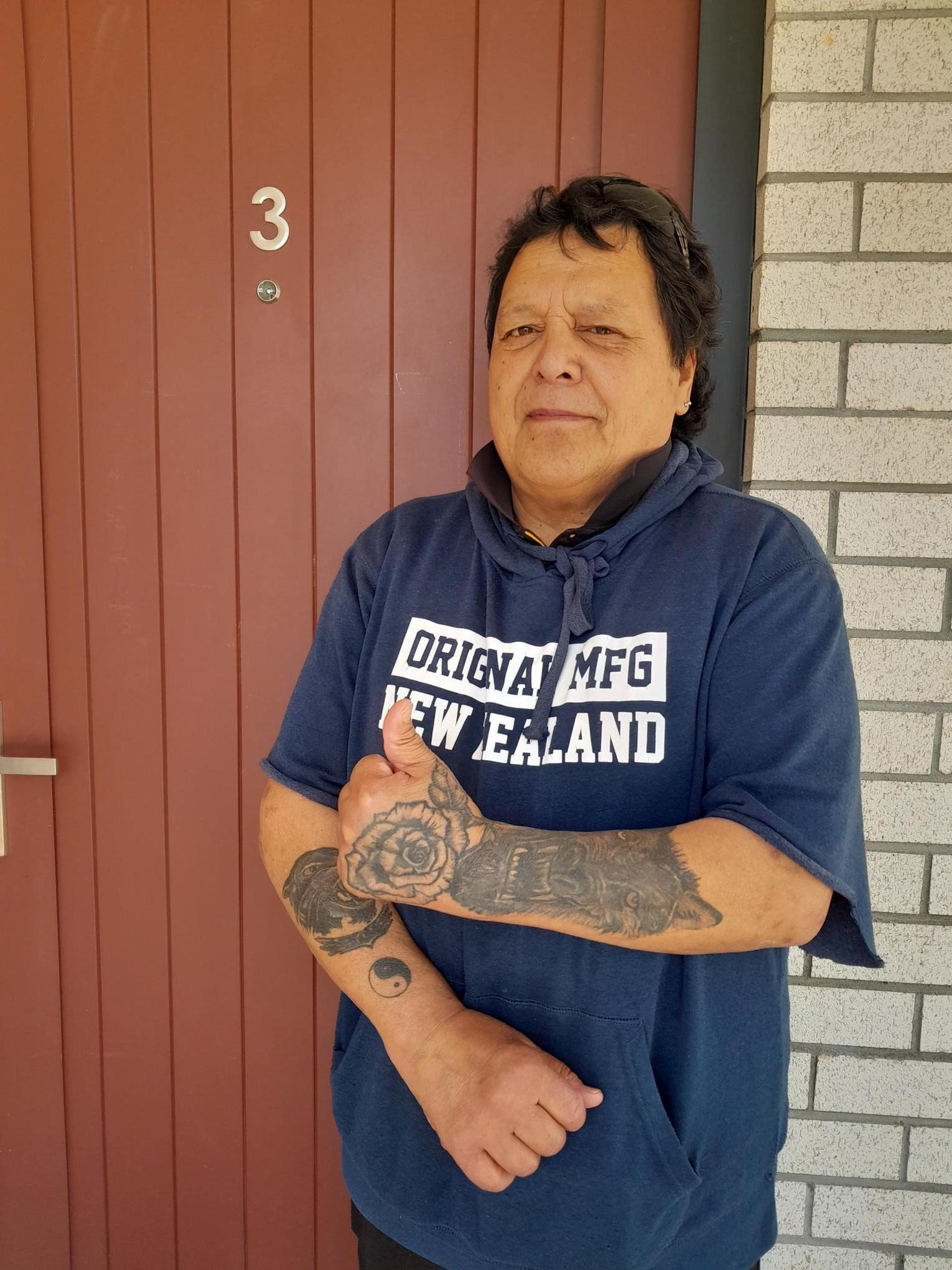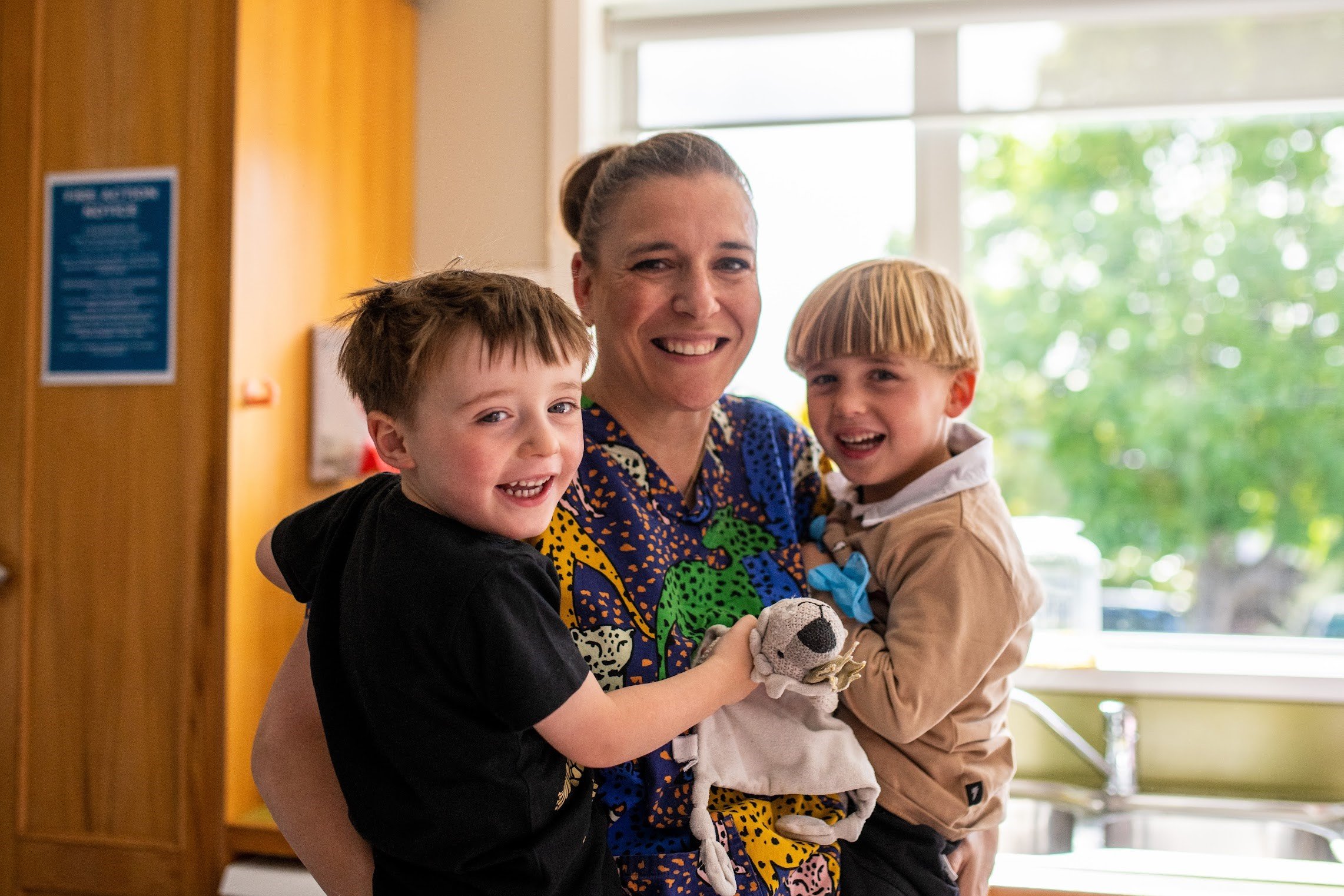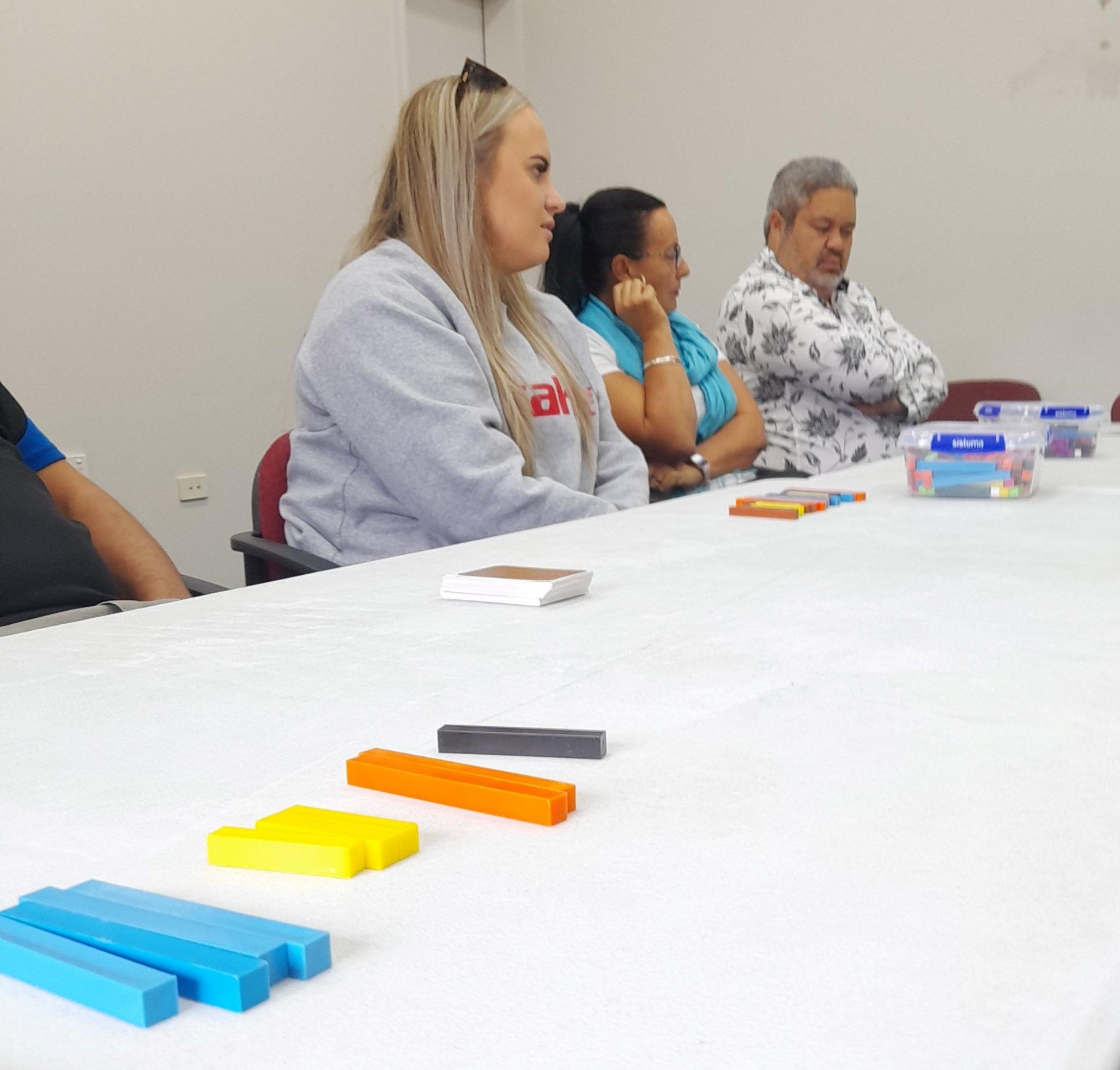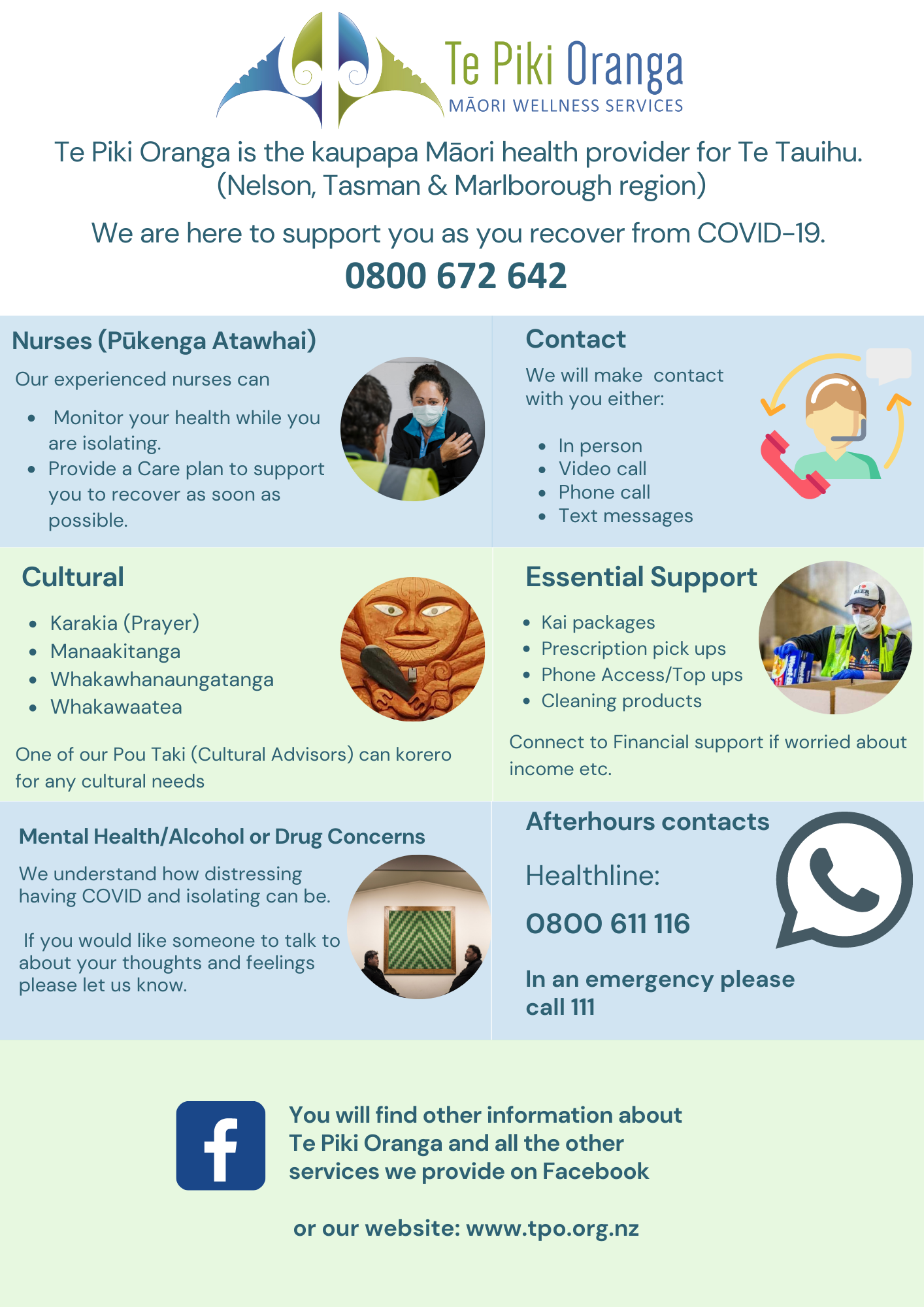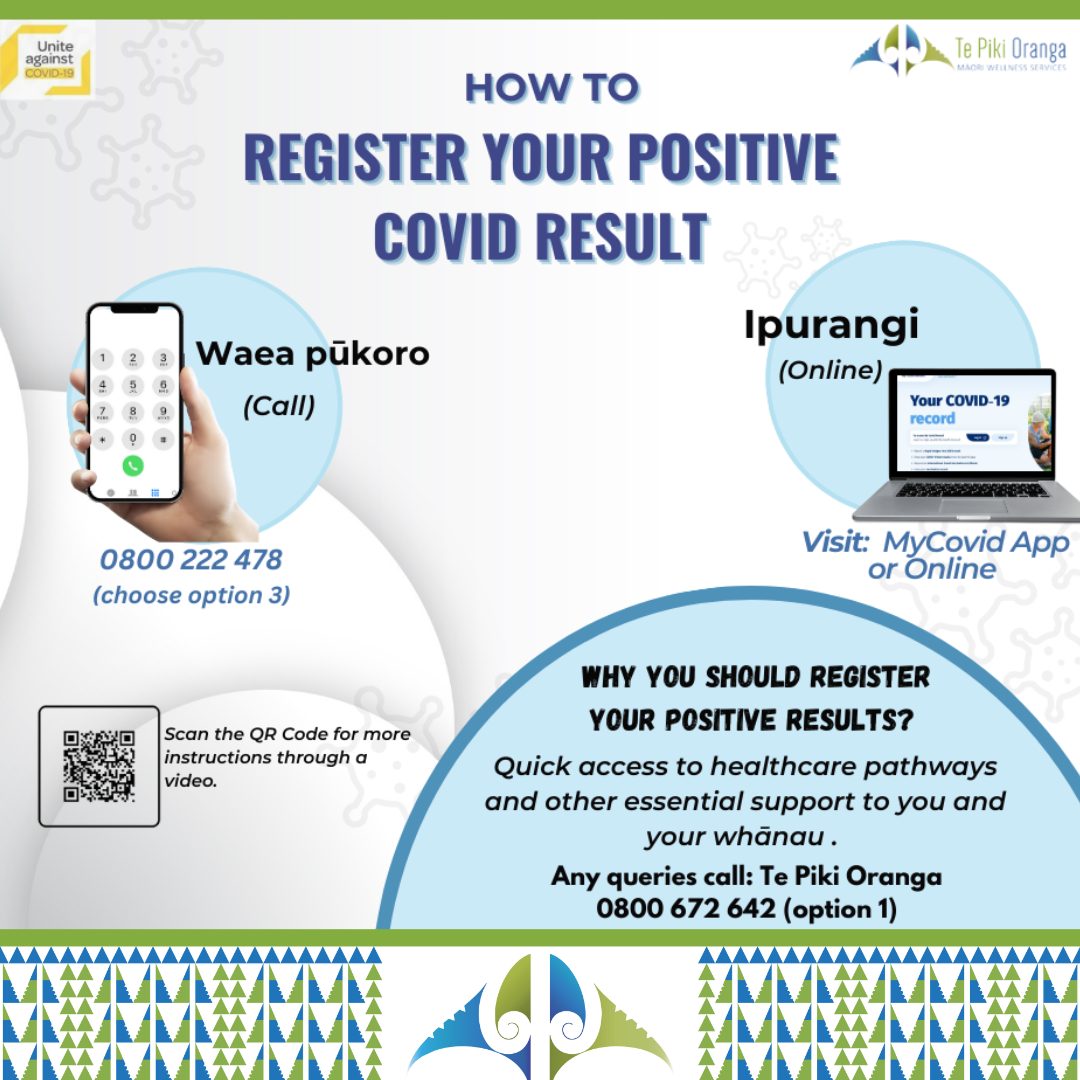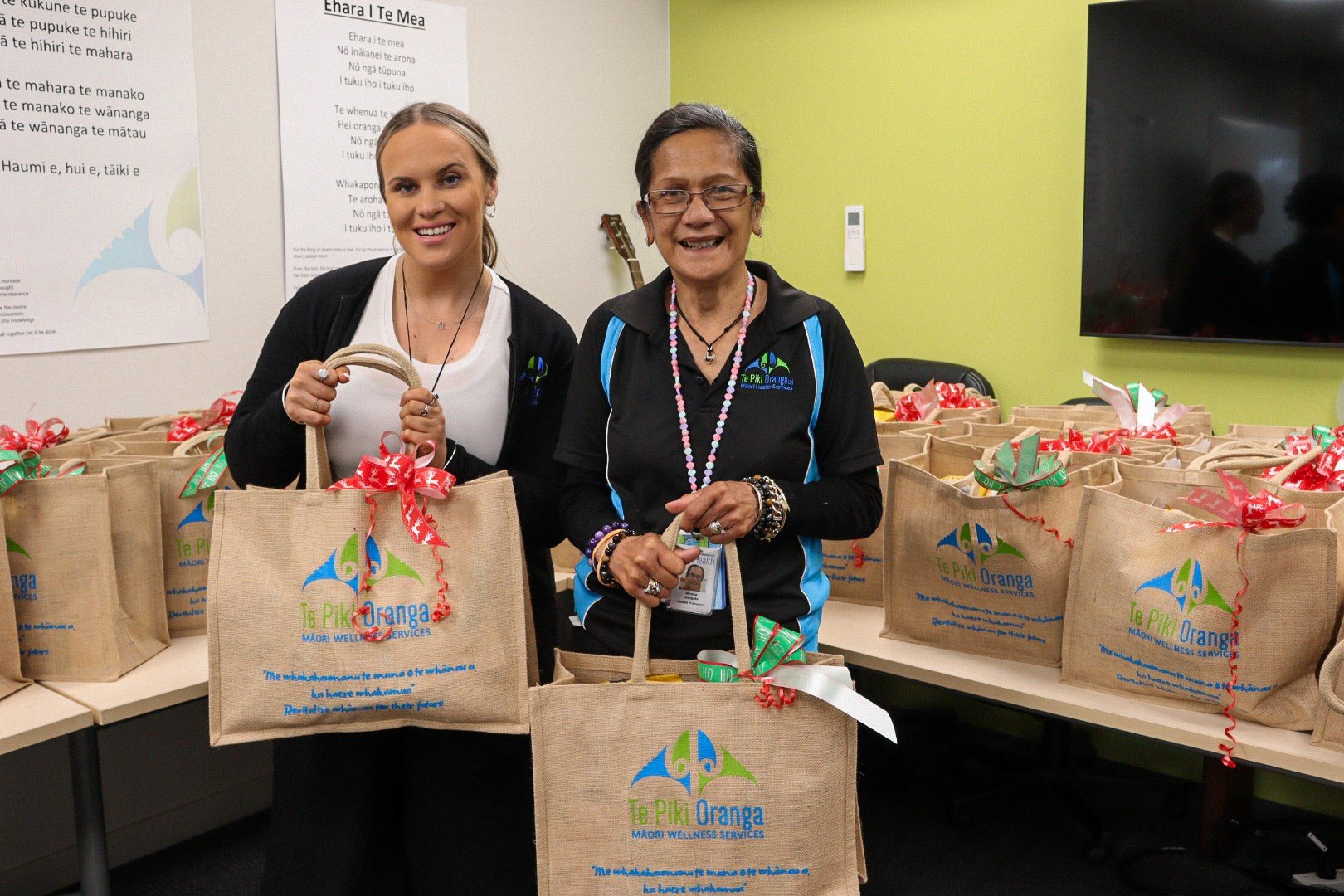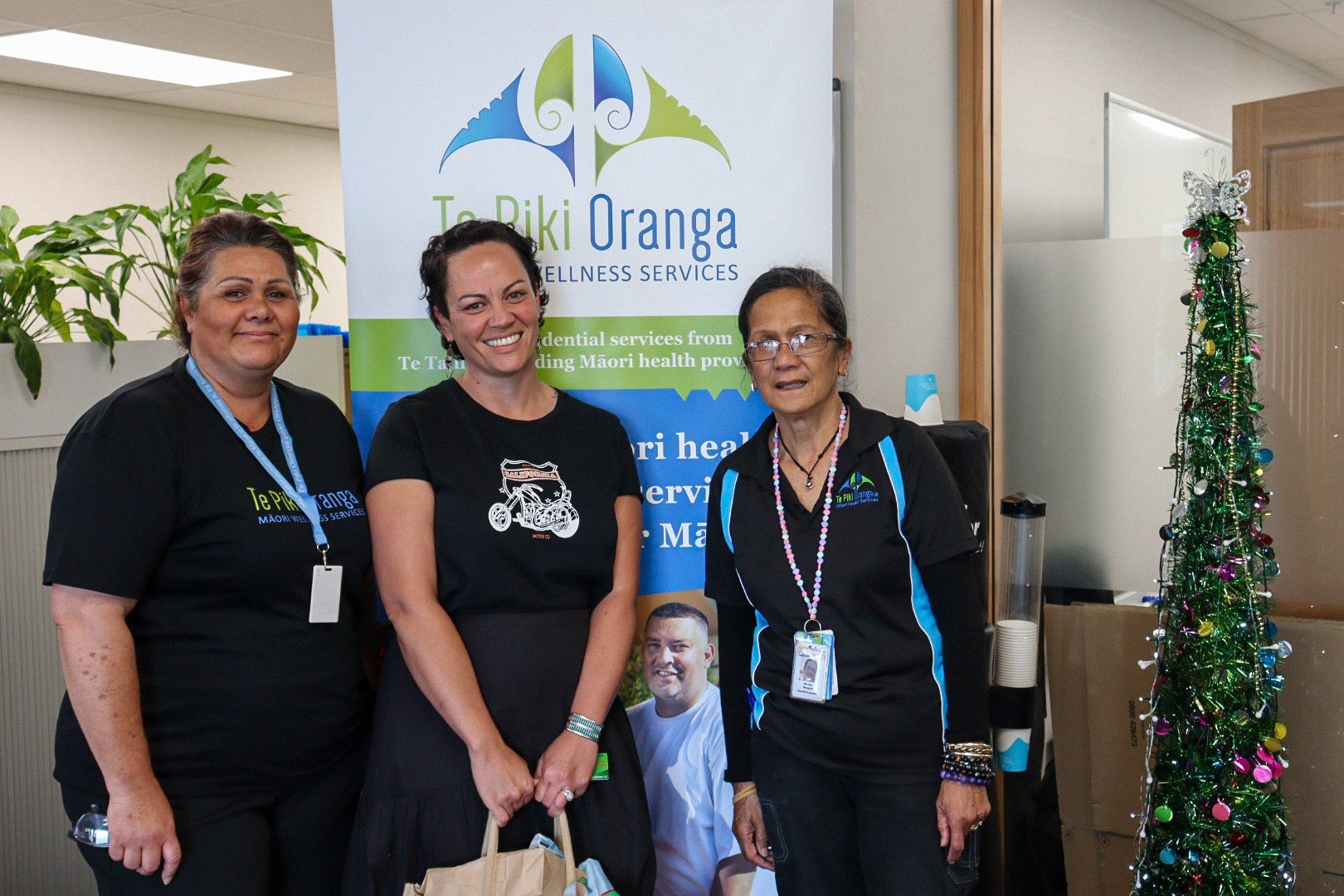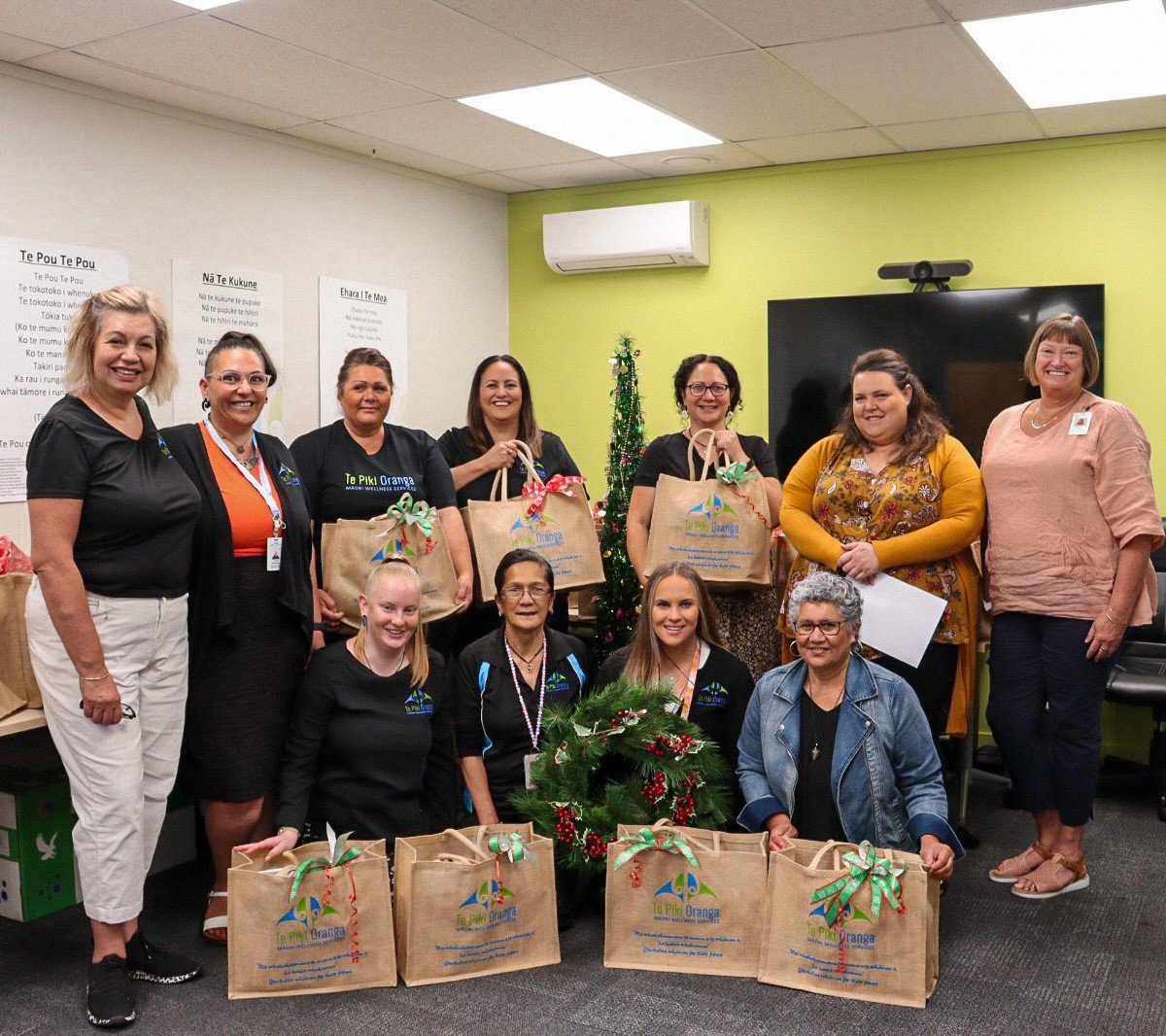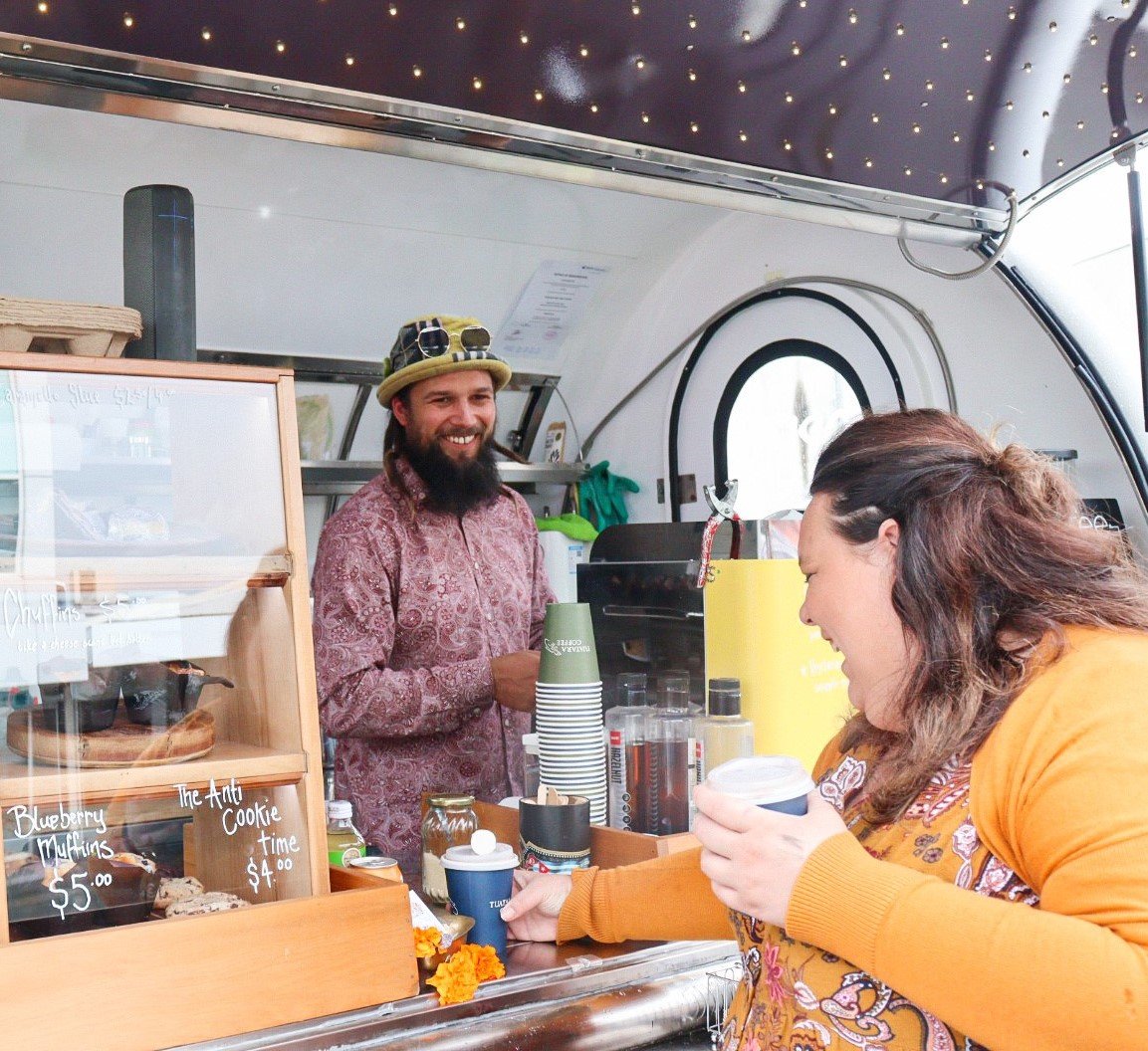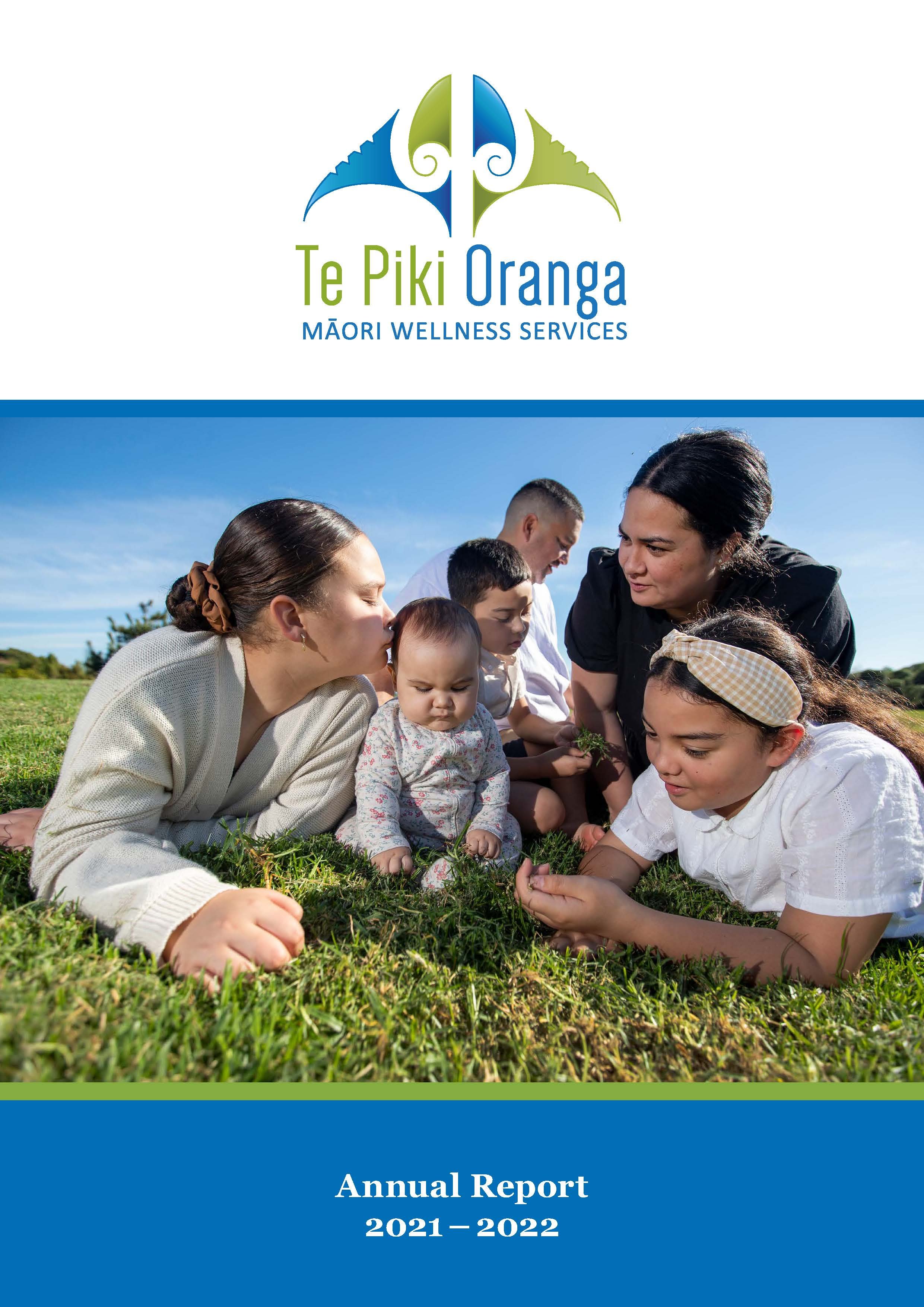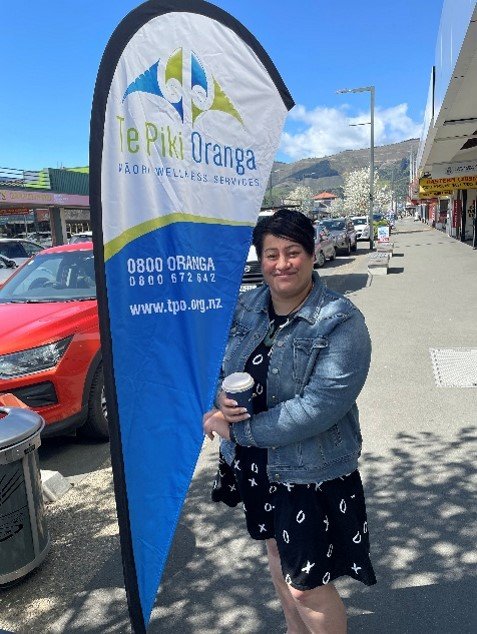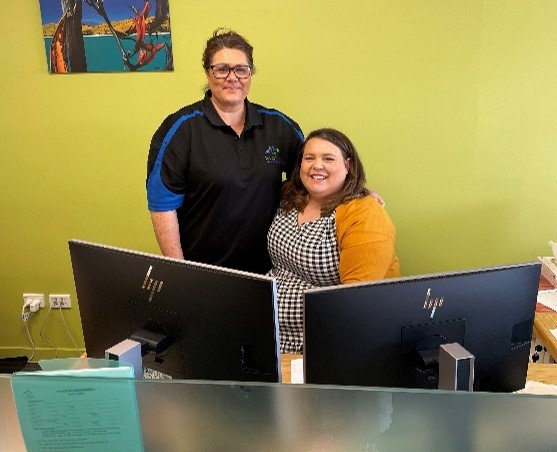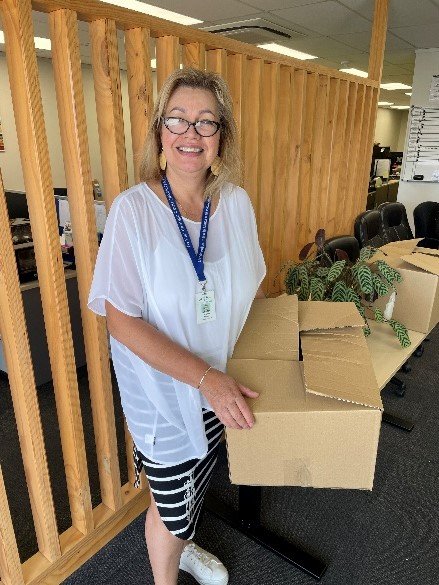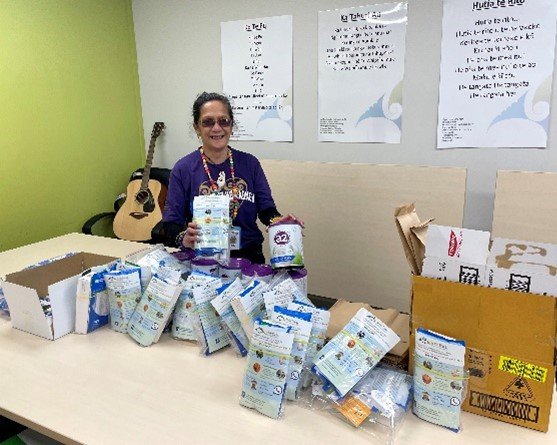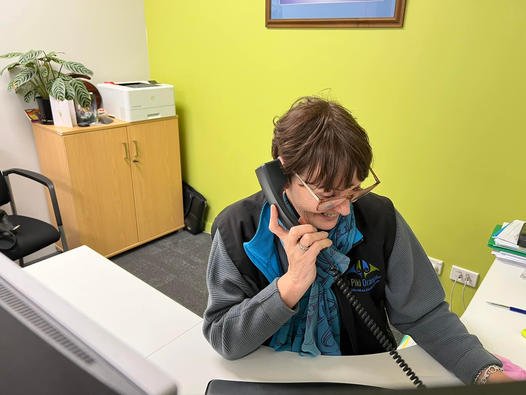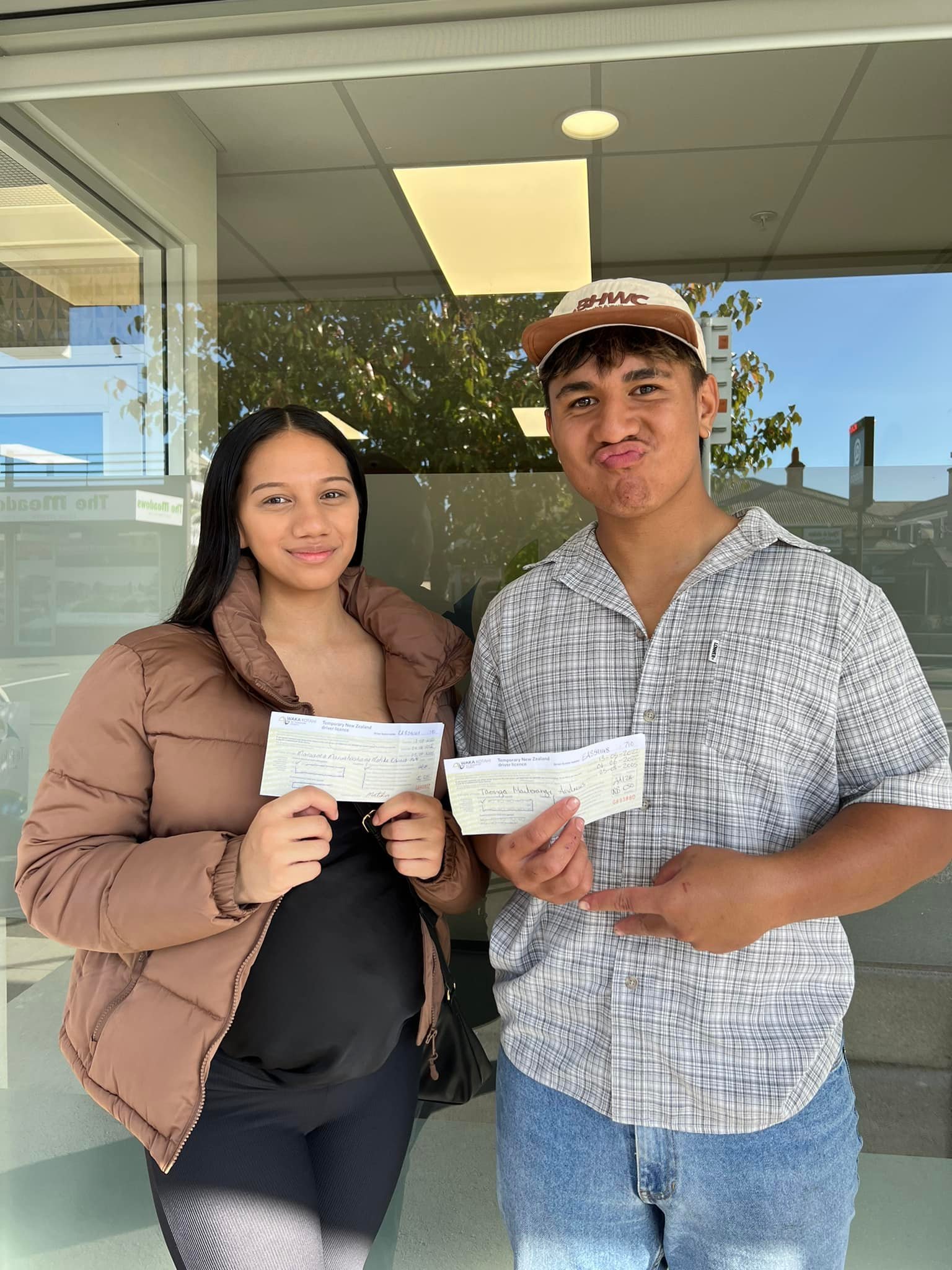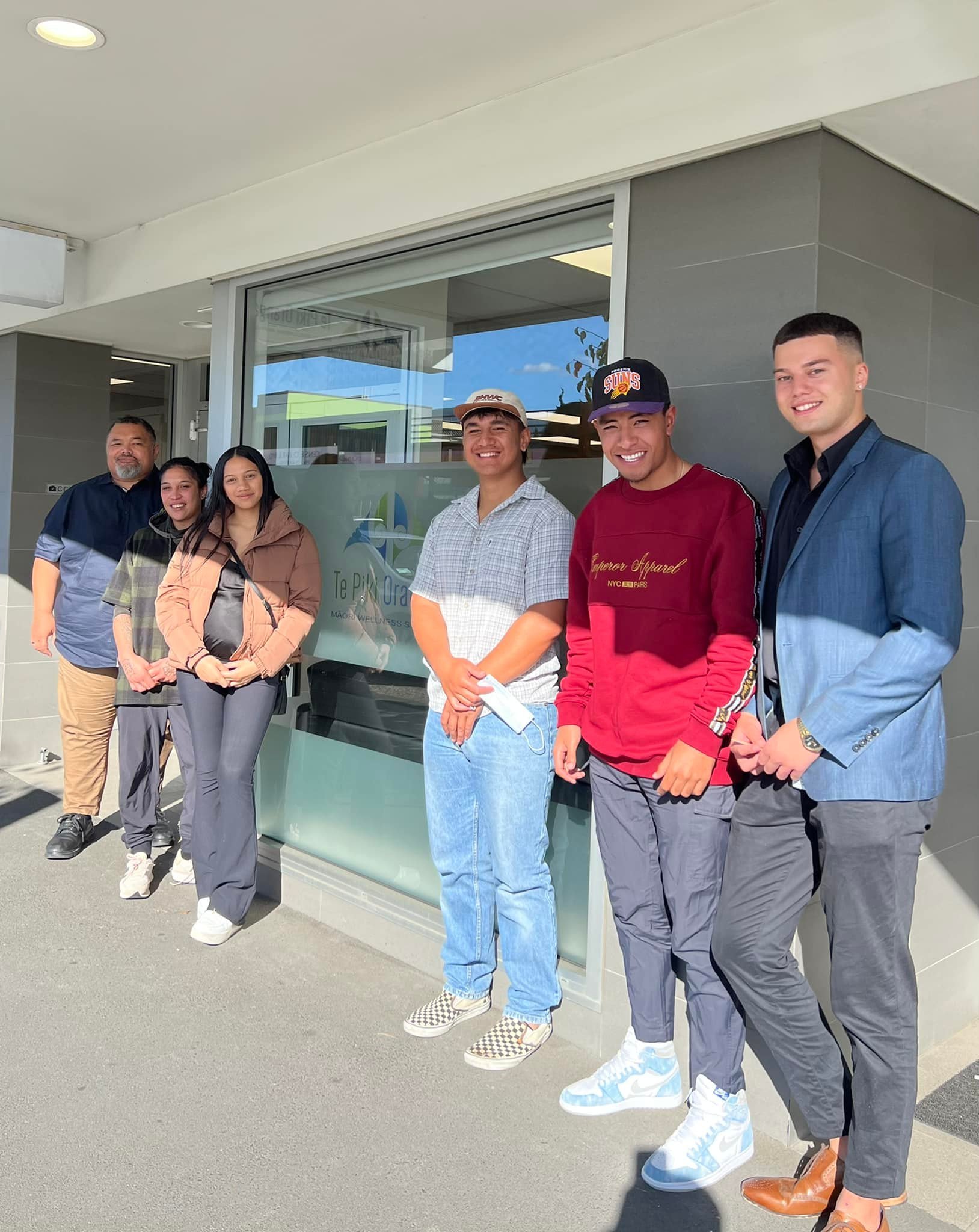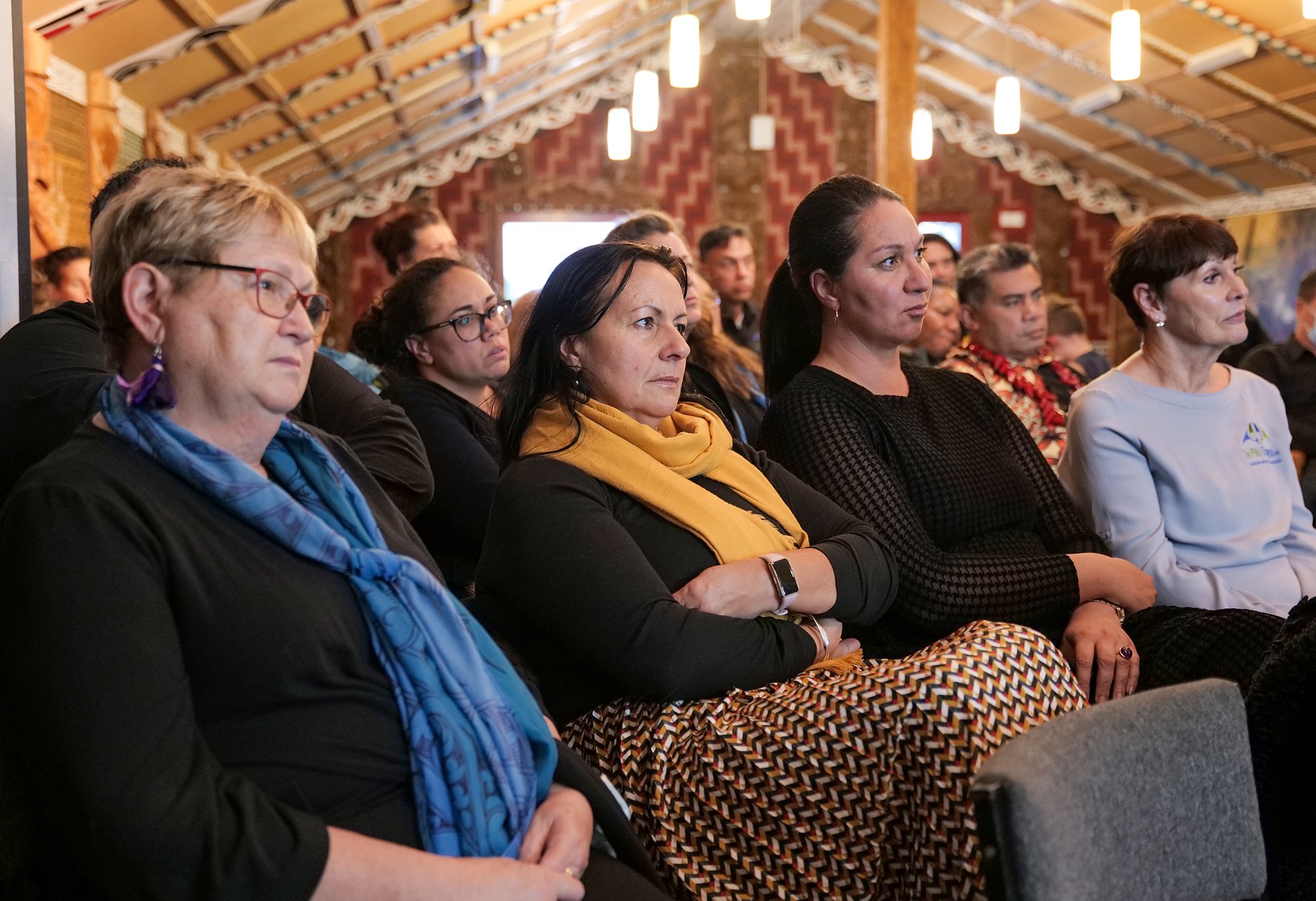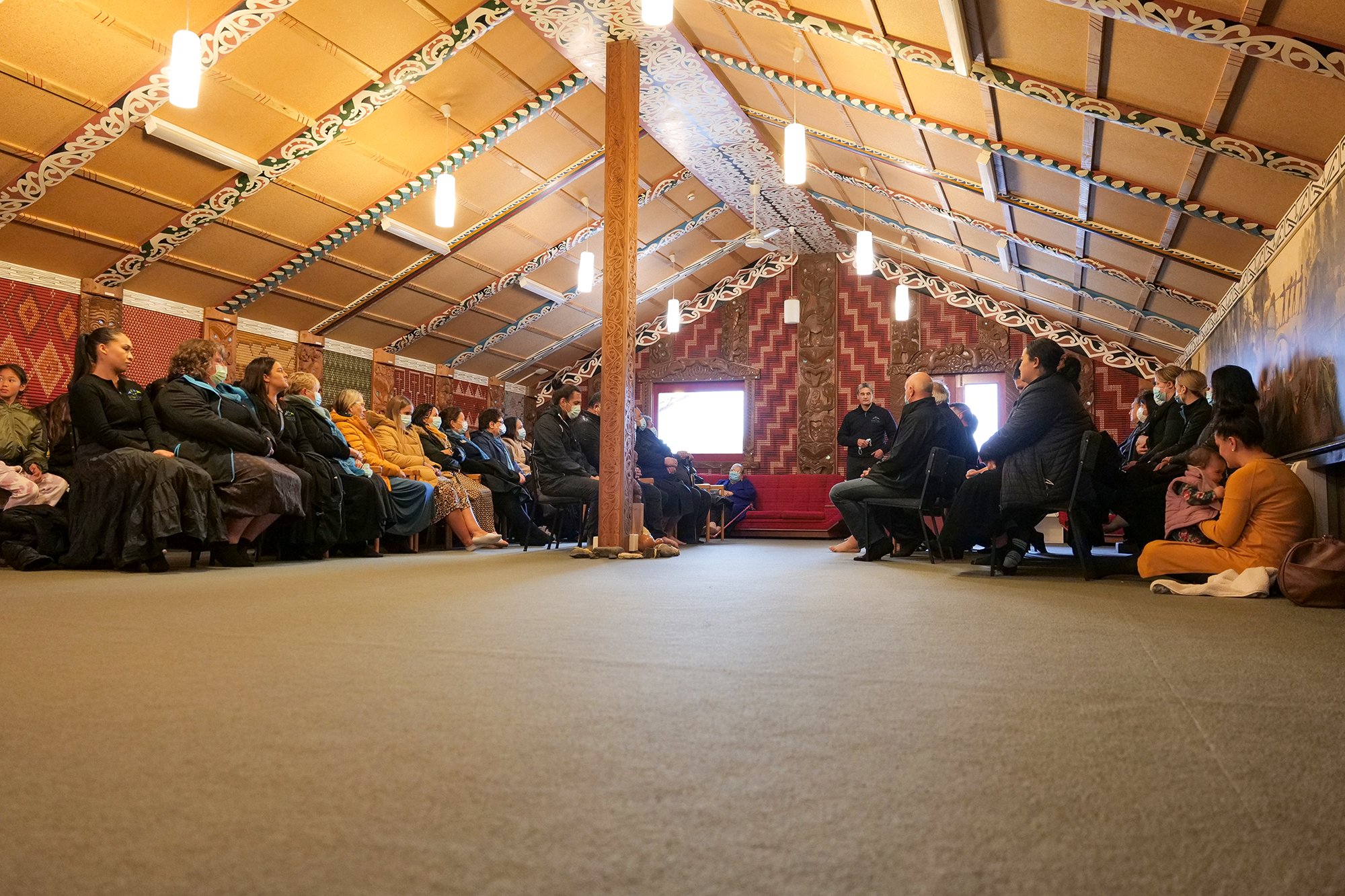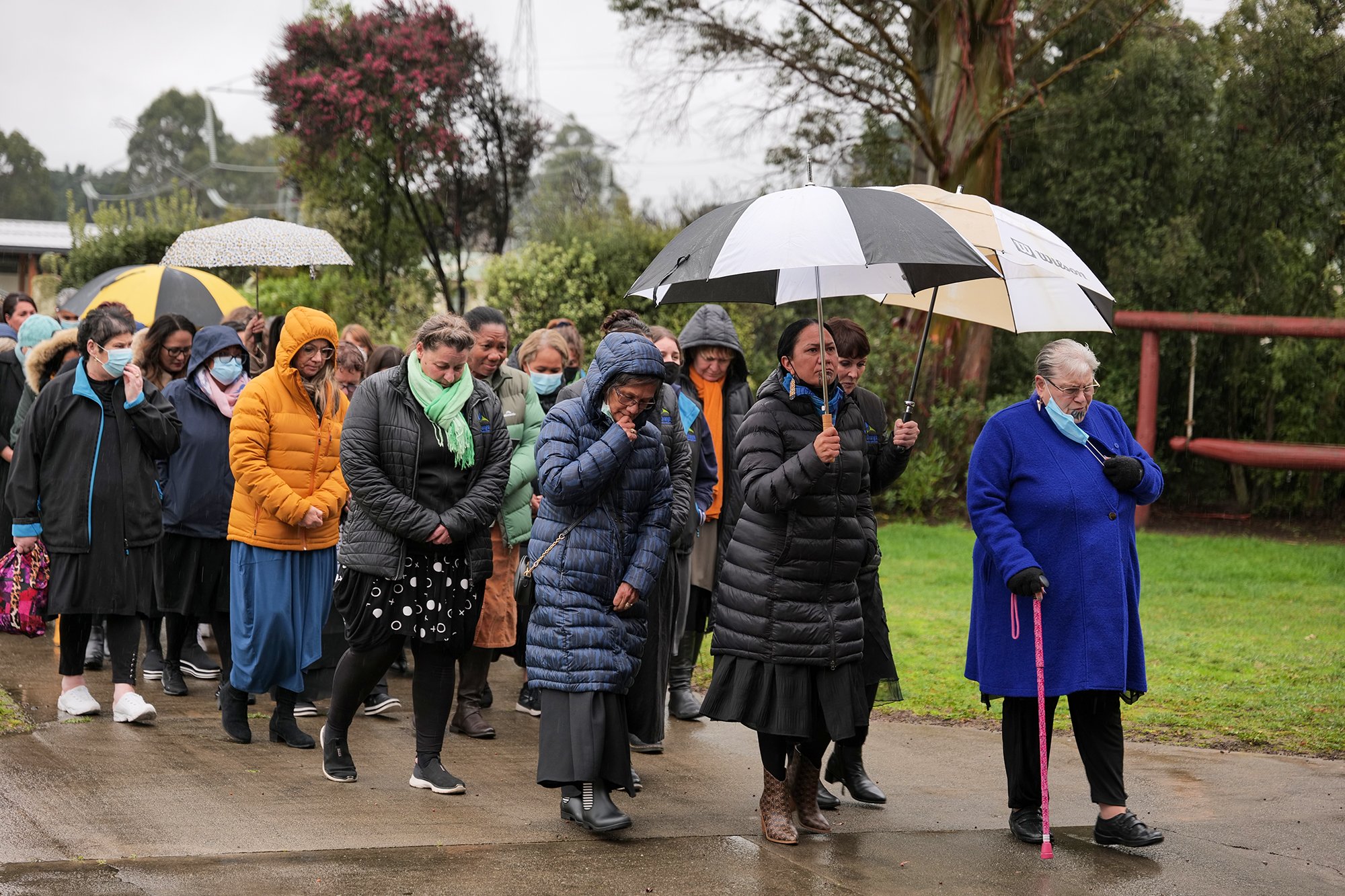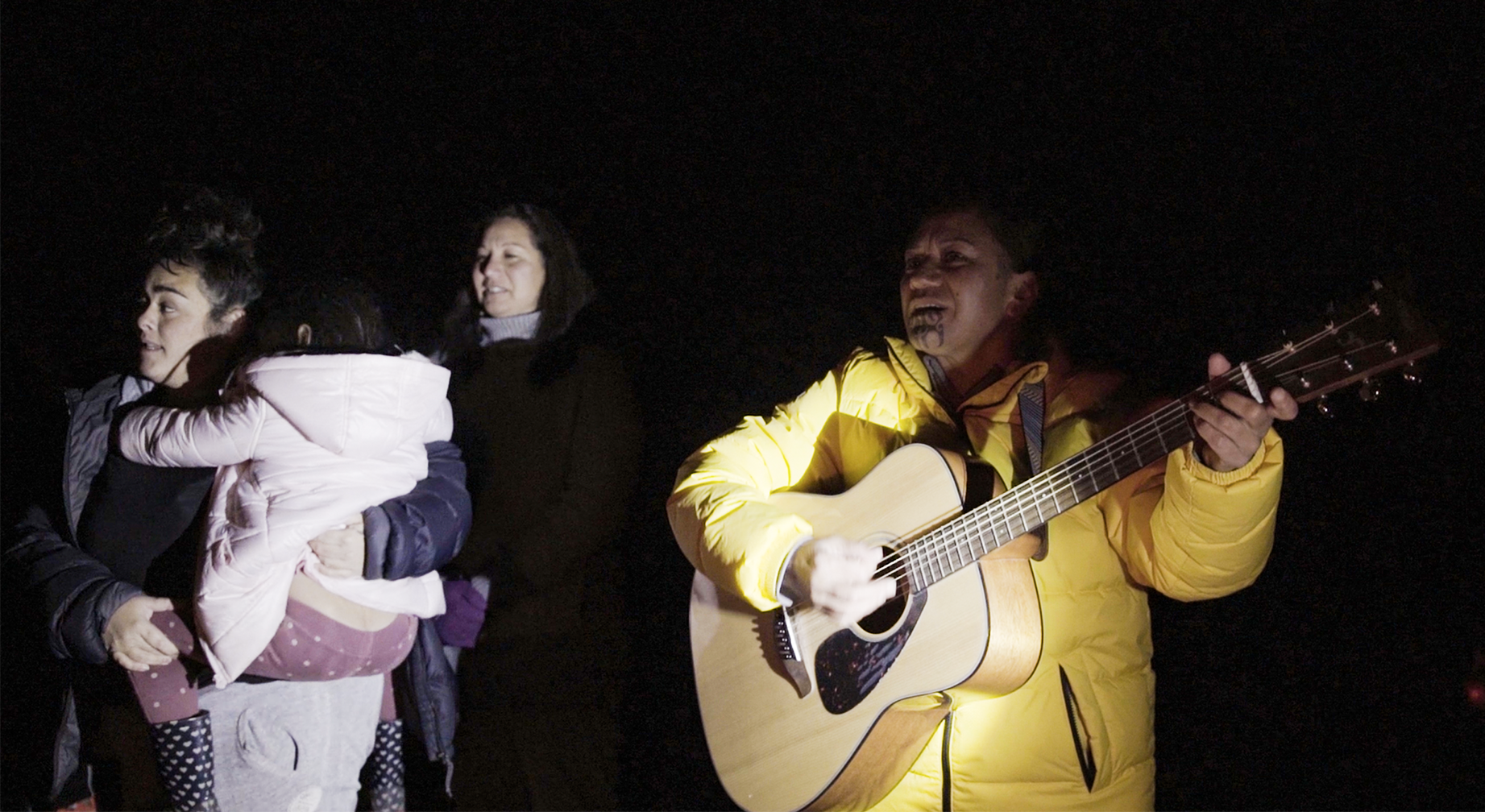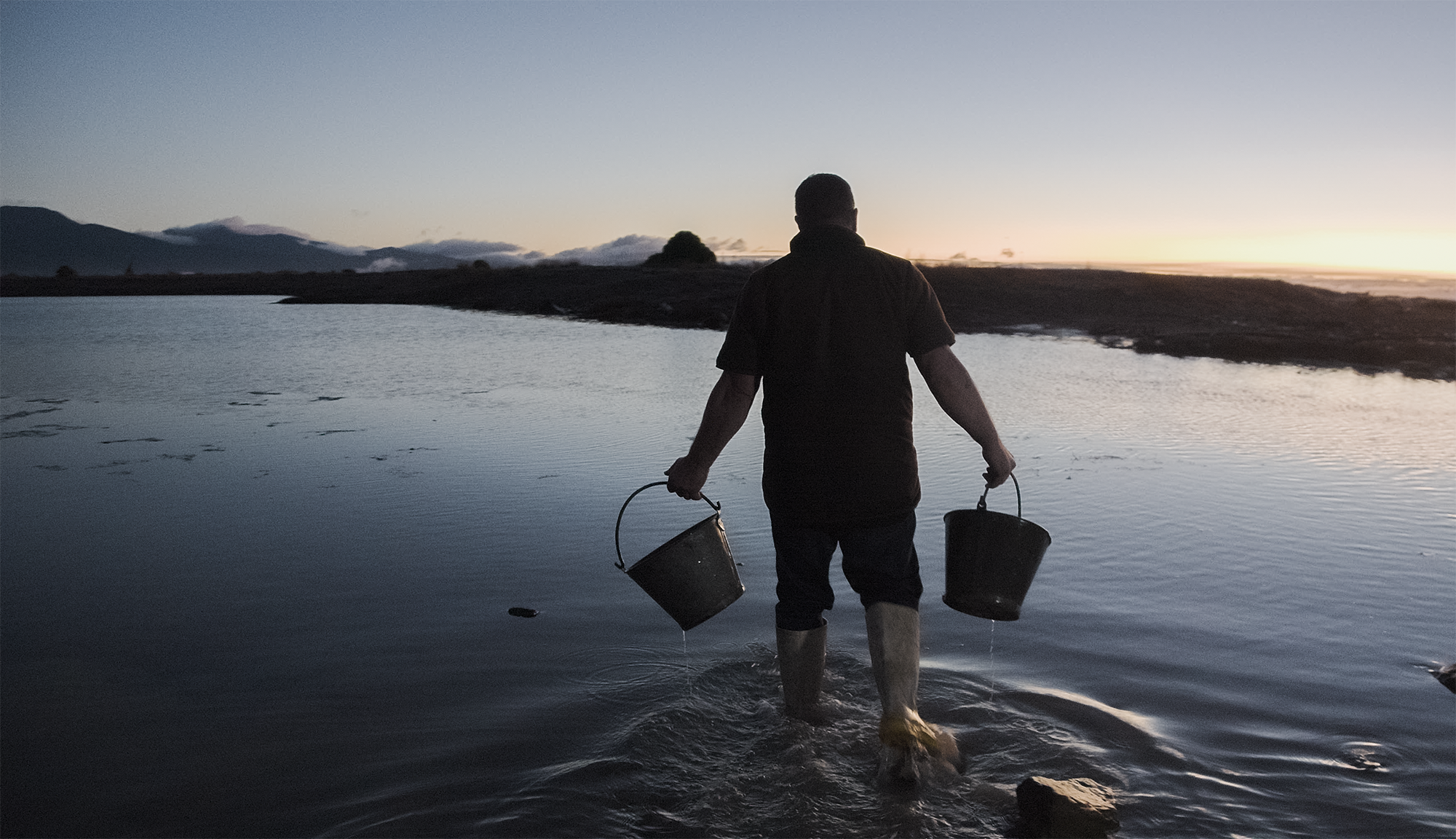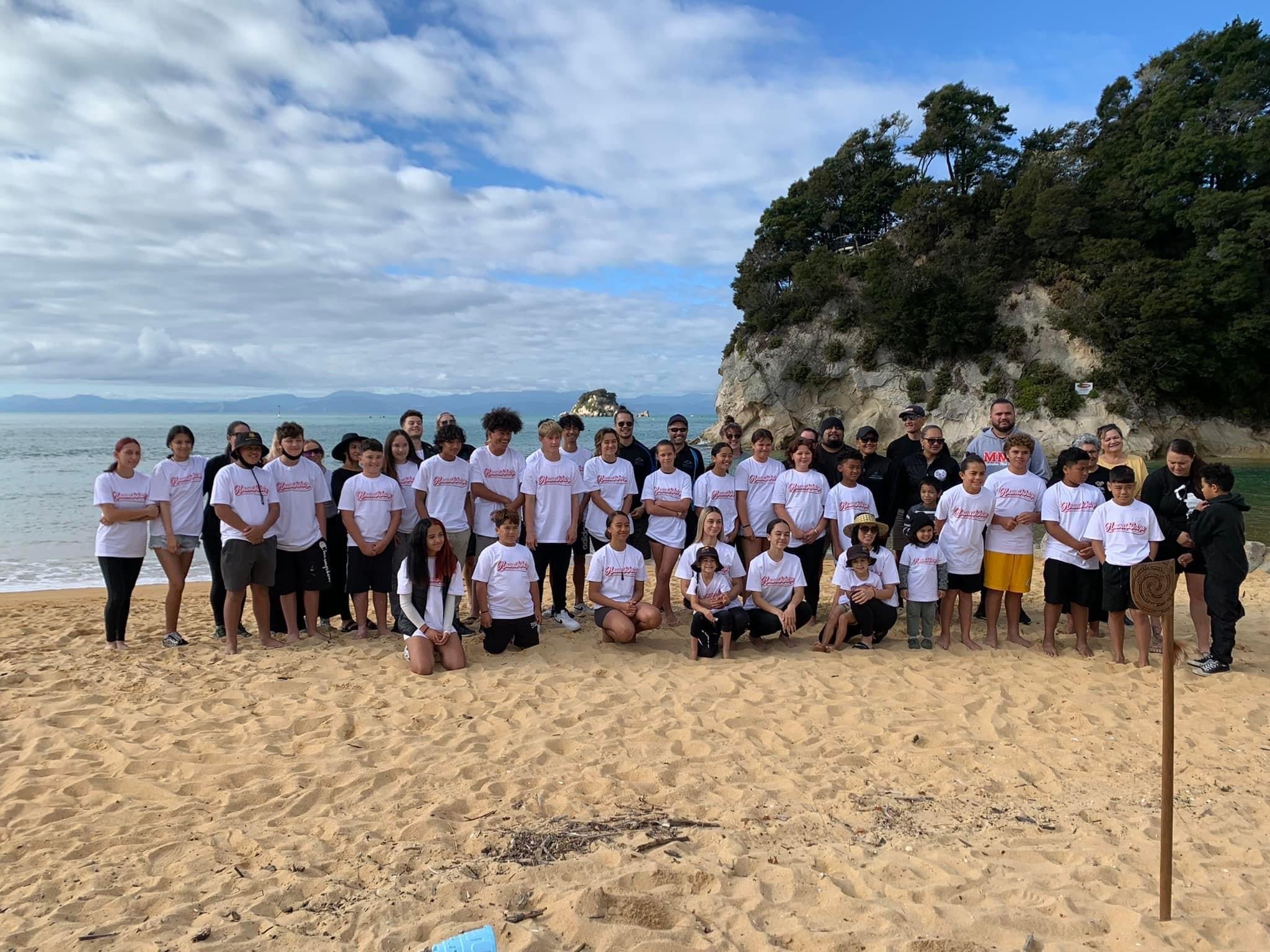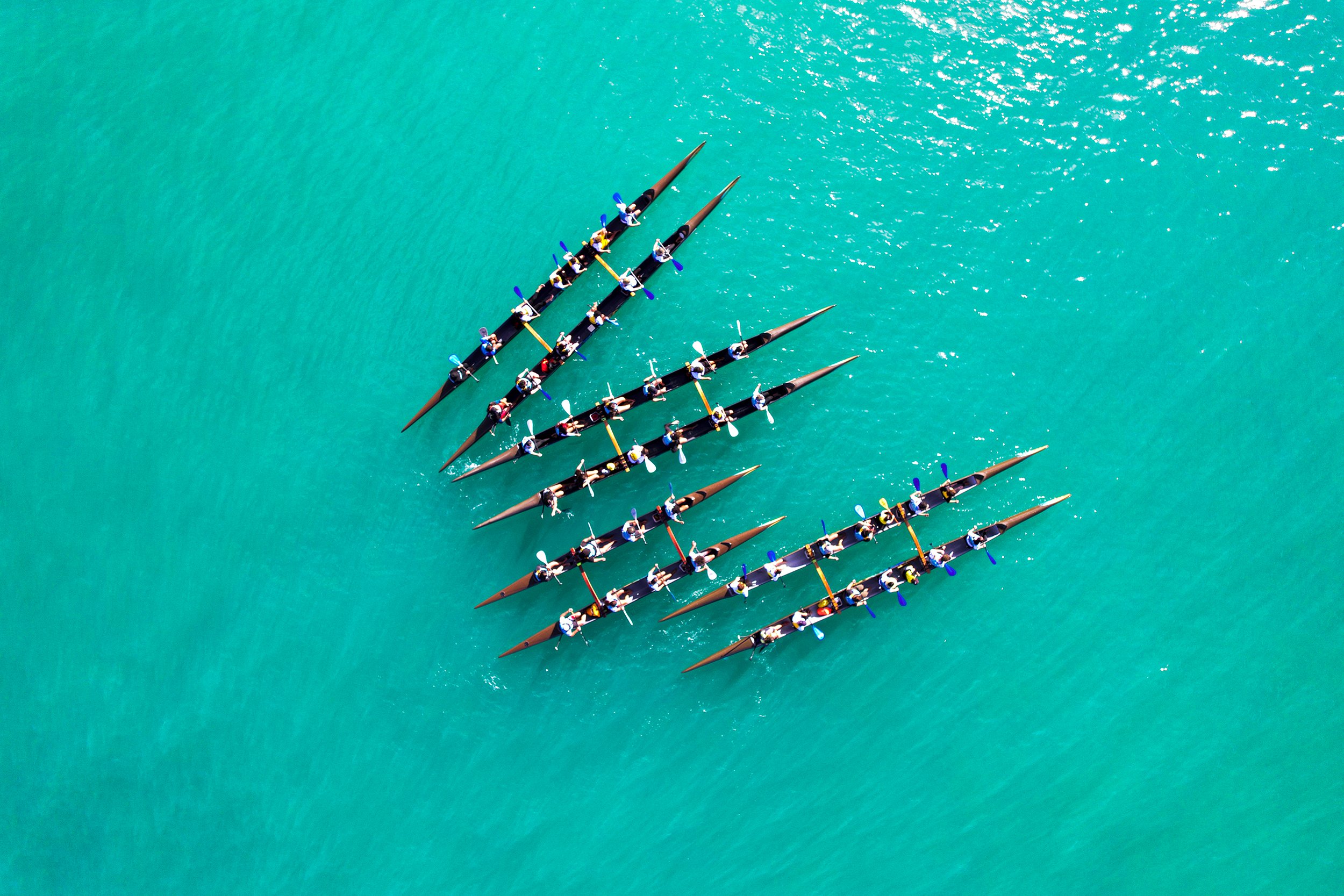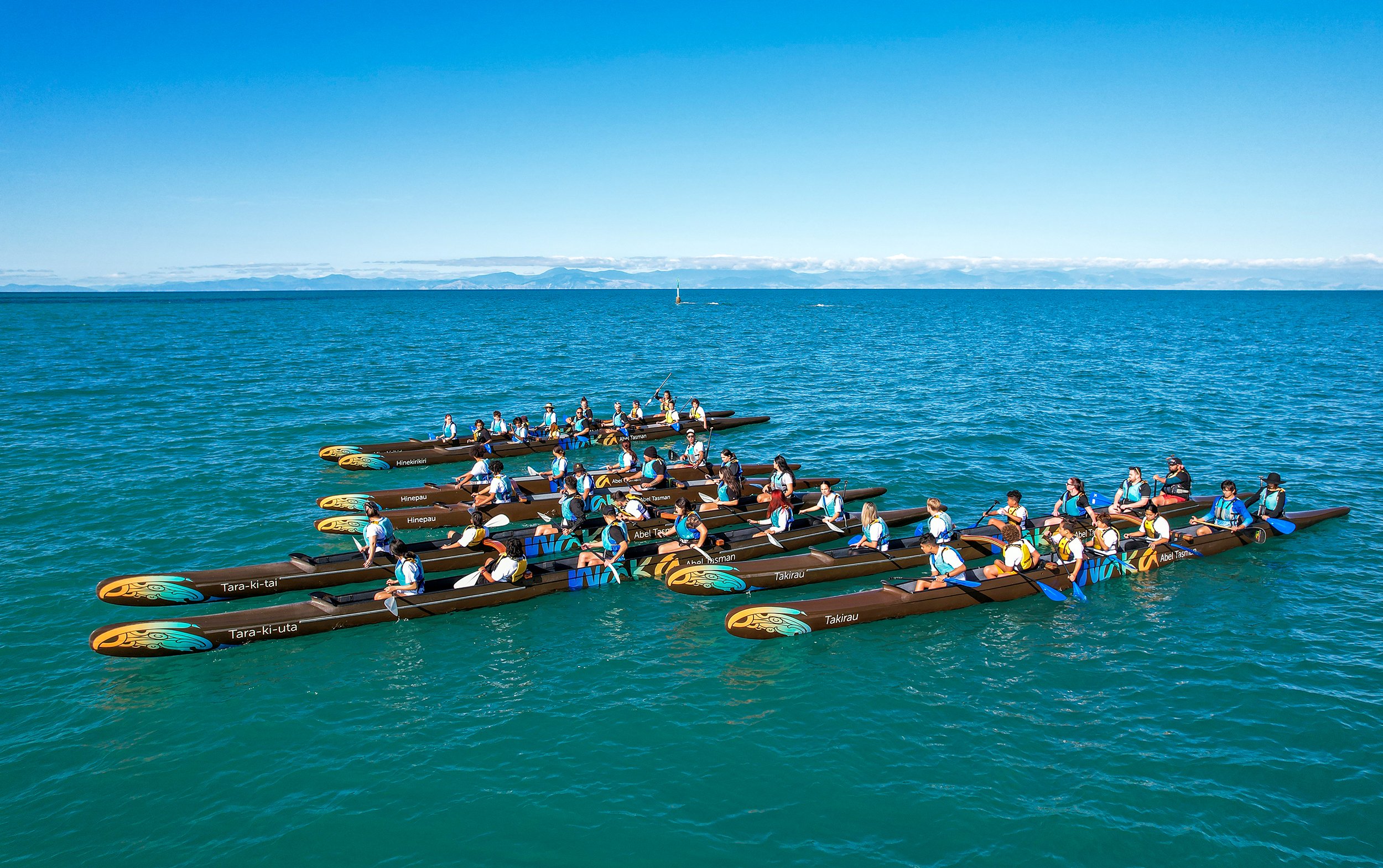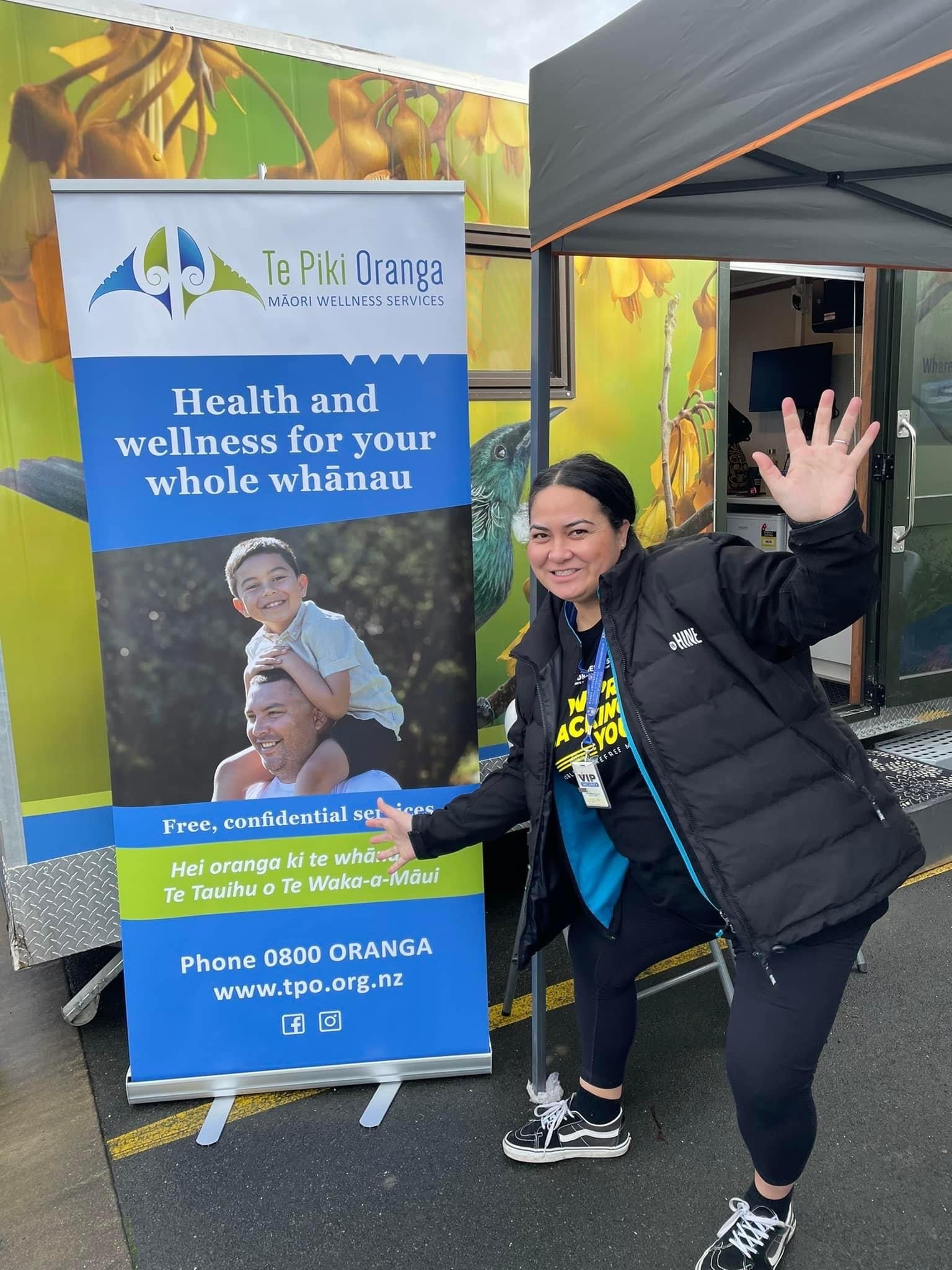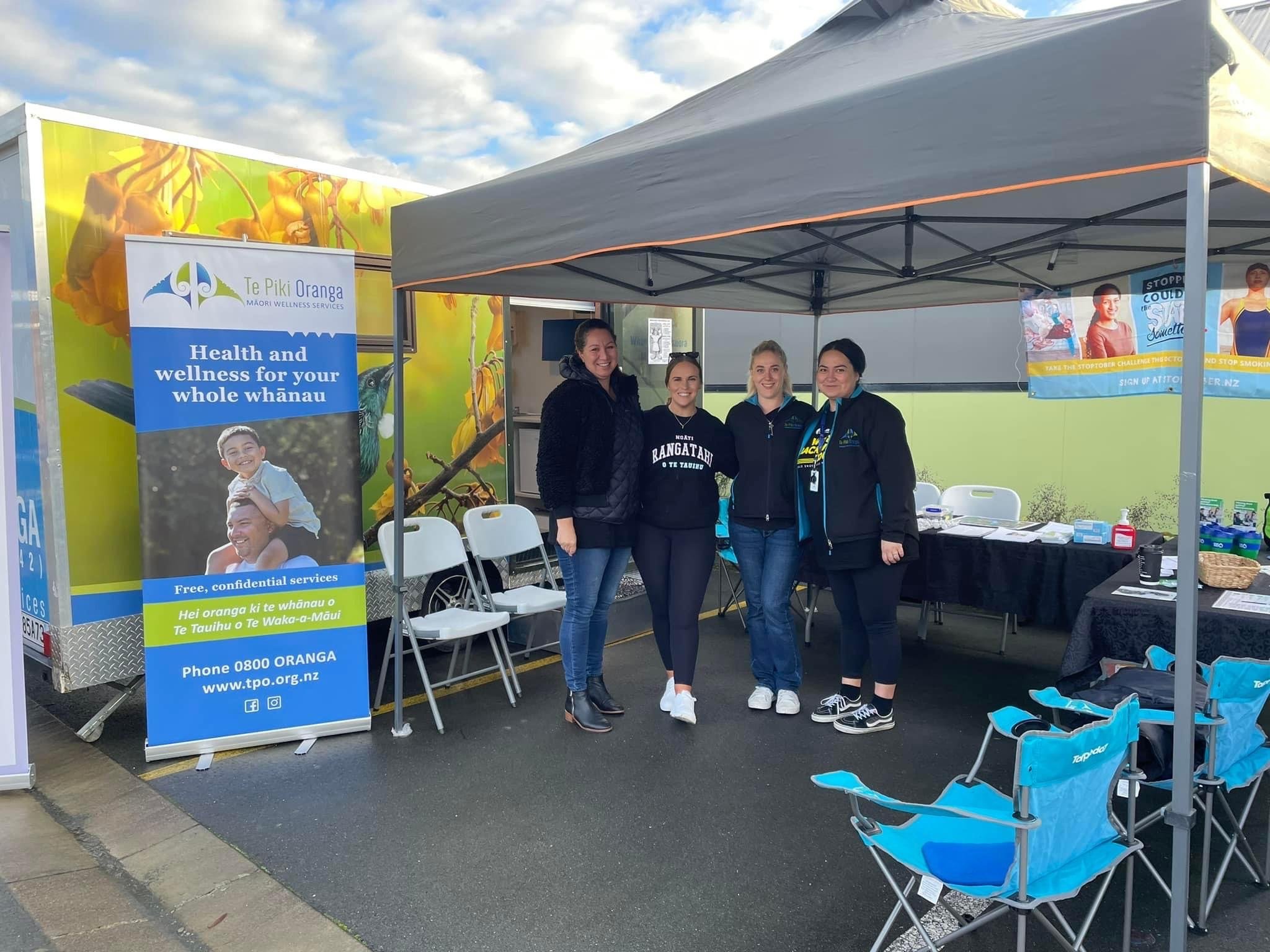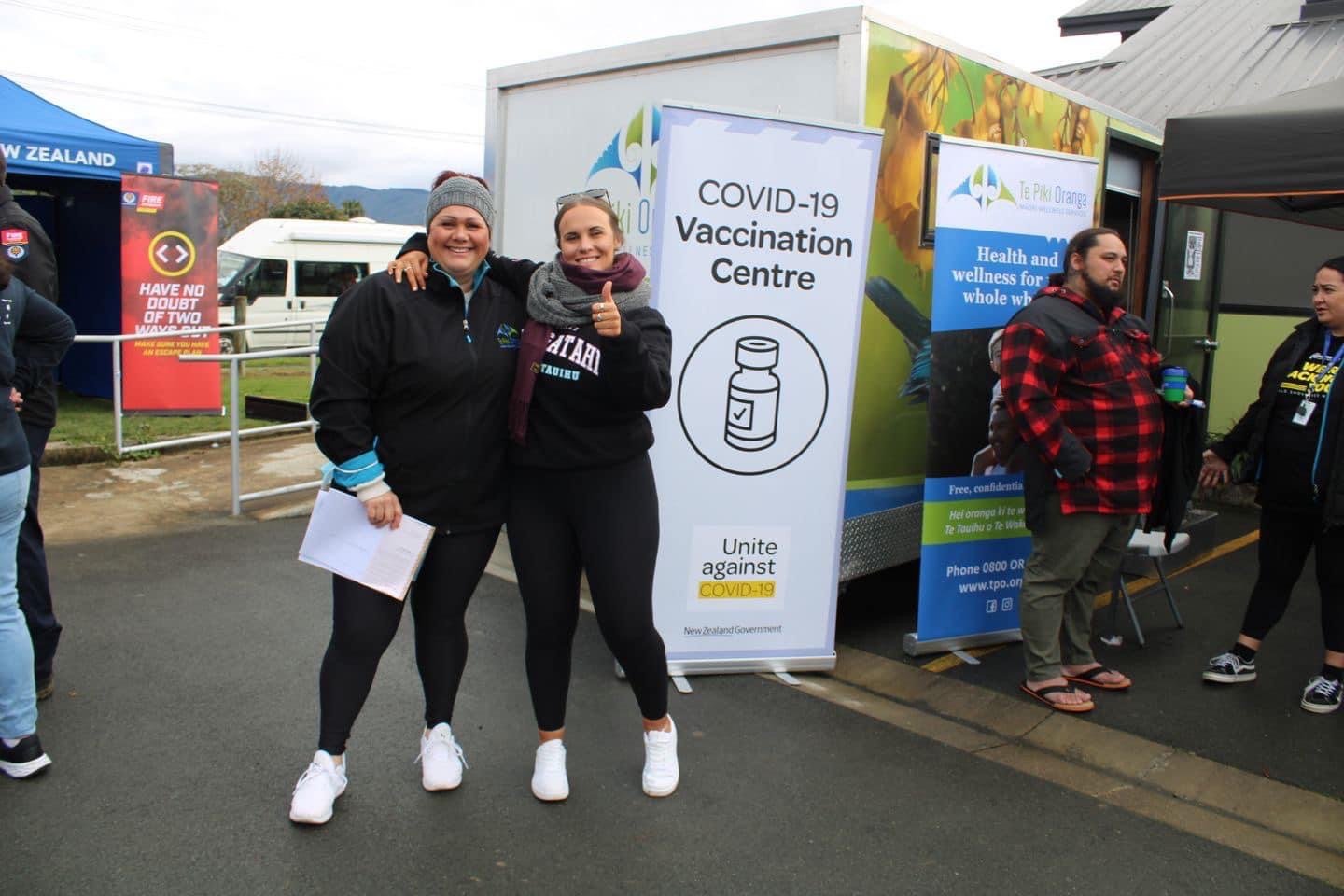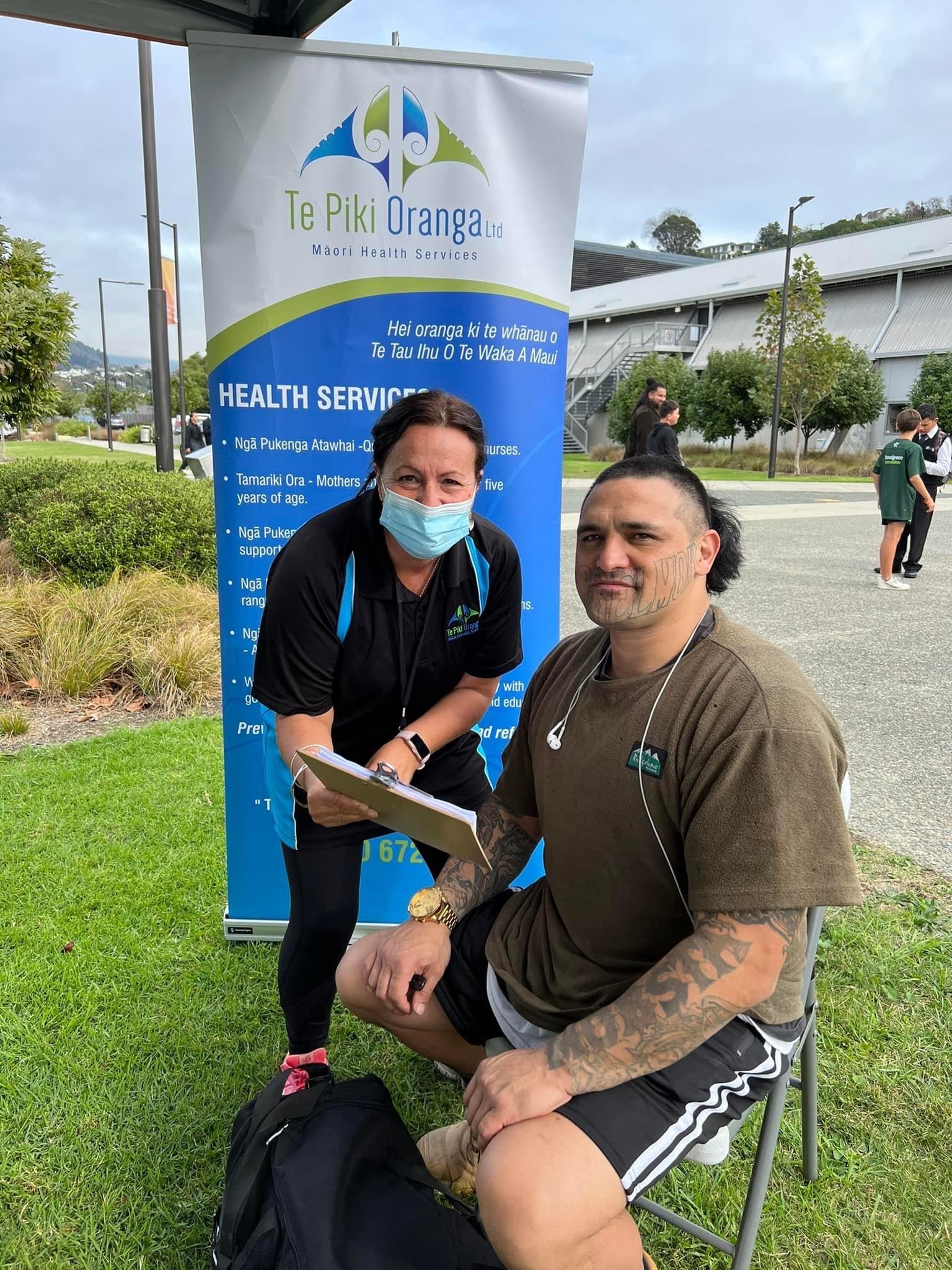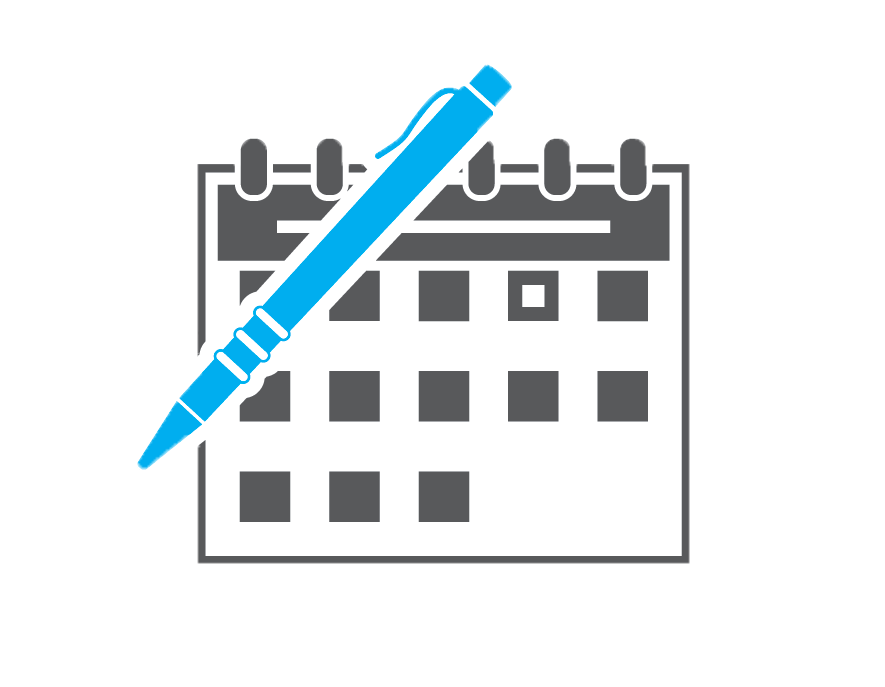By Brittani Beavis, Te Puna Kai Ora (Dietitian)
When the leaves are falling fast and we have put that extra blanket on the beds, we know we are well and truly into autumn, ngahuru.
As a dietitian, I love ngahuru for the kai grown and harvested in Te Tauihu, such as apples, pears, kiwifruit, leeks and courgettes, to name a few.
Nō reira, ngahuru is also the name for harvest, reminding me of the whakataukī: Ngahuru, kura kai, kura tangata (harvest-time, wealth of food, the wealth of people).
Kai ngahuru is rich in the vitamins and minerals that will help to boost your immunity in the lead-up to winter, when we are often more susceptible to catching colds and other viruses. And it’s not just fresh kai either – tinned, frozen and dried kai is full of goodness too!
Here is the run-down on some of the immunity-boosting vitamins and minerals we want to include in our diets:
Vitamin C
Get your daily dose of Vitamin C from oranges, kiwifruit, kumara and silverbeet. It helps to protect our bodies from damage caused by air pollution or too much sun. It doesn’t matter if it’s cooked, fresh, tinned or frozen – there is still lots of Vitamin C there! Vitamin C also has an added superpower of helping collagen production, which helps prevent wrinkles.
Vitamin D
A short amount of time (10-20mins) in sunshine is a nice way to get the Vitamin D you need for strong bones and the production of serotonin – a natural mood booster. In Te Tauihu we are blessed to still see sunshine in ngahuru, but you can also get your daily dose from kai, such as canned tuna and salmon, eggs and dairy products.
Zinc
Zinc is important for hair growth, a healthy immune system and wound healing and even taste. It is not as easy to get enough zinc from fruit and vegetables; try mussels, milk or lean steak. A peanut butter sandwich on wholegrain bread will give you a zinc boost as well.
B vitamins
Eat your leafy greens and you’ll benefit from some of the many different types of B vitamin that support our immunity. Watercress, silverbeet and spinach are rich in Vitamin B6 and very abundant in ngahuru. Round out the range of B-vitamins in your diet with meat and fish, wholegrains and nuts – porridge with almonds and apples, yum!
Kai time
Here is a link to recipes to get you inspired. The recipes are from the Love Food Hate Waste New Zealand website, that aims to reduce the tonnes of wasted kai that goes to landfill each year.
Brittani Beavis



